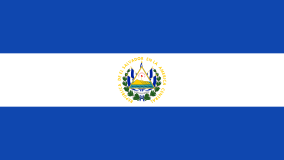
Visa and entry requirements El Salvador:
Passport required
No visa is required
Information from the Foreign Office about your trip to El Salvador:
https://www.auswaertiges-amt.de/de/elsalvadorsicherheit/221864
El Salvador is a country in Central America with around 7.5 million inhabitants. It borders Guatemala from the northwest to the west, Honduras to the northeast and east, and the Pacific Ocean to the south.
El Salvador, located in an earthquake zone, is the smallest country in Central America, but also has the highest population density. El Salvador is the only country on the continent that does not have direct access to the Caribbean Sea.
The highest peak in the country is El Pital Mountain at 2,730 meters, while the highest volcano, Santa Ana, is 2,365 meters high.
The country's largest cities include San Salvador, Apopa, San Miguel, Soyapango, Santa Ana, Mejicanos and Santa Tecla.
The official language of El Salvador is Spanish and the US dollar has been used as the national currency since 2001. The previous means of payment, the colon, is still valid, but no longer appears.
The main export goods in the economy of El Salvador are coffee, sugar, cotton, gold and chemicals, and textiles are also very emerging. However, the state's largest source of foreign exchange is remittances from approximately three million Salvadorans living abroad.
Tourism now plays a major role in the local economy. Due to its impressive volcanic landscape and long black sand beaches on the Pacific Ocean, El Salvador is particularly popular with hikers and beach vacationers.
The capital of El Salvador is San Salvador, at the foot of the Boqueron volcano, with around 550,000 inhabitants in the urban area and almost two million in the entire metropolitan area.
San Salvador, located at an altitude of around 650 meters, is one of the largest cities in Latin America. However, the crime rate and especially the murder rate in San Salvador is among the highest in the world.
Among the main attractions of the capital are the Cathedral of San Salvador, the Monument to the Divine Savior of the World, the Monument to the Revolution, the National Library, the National Palace, the Marine Monument, the National Theater, Gerardo Barrios Square, the Presidential Theater , the National Museum of El Salvador, the Art Museum, the Tomayate archaeological site and some beautifully landscaped parks.
So far I have visited beautiful El Salvador twice, in June 2014 and in August 2017. In the summer of 2014, during my big tour of Central America, I arrived in San Salvador by bus after arriving in Guatemala about six hours earlier in the morning -City I started.
During these two days I lived privately with Natalia, whom I had recently met via the Internet portal “Couchsurfing”. Before she picked me up at the bus station in the capital, she wrote me a message telling me that I should definitely pack my swimming trunks in my hand luggage.
After we met at the station, we set off straight away for a one-hour drive over the mountains to the Pacific Ocean. Because her mother owned a house right by the sea in the town of La Libertad, we had exclusive access to a fantastic club complex.
The fenced area consisted of a beautifully landscaped park, a large swimming pool, a well-kept beach area and a cozy restaurant.
Although the black sand took a lot of getting used to due to its volcanic origin, there was something fascinating about the beach. The beach was deserted and provided an impressive backdrop for lots of photos.
The journey back over the mountains, which were partly covered in thick fog, was also very exciting due to the surrounding rainforest and the many street vendors.
After a fantastic day in the Pacific coastal town of La Libertad, I traveled from San Salvador to Honduras the next morning. On my long bus ride to the border, I was able to once again admire the impressive volcanic landscape of El Salvador in all its splendor.
In the summer of 2017, over three years later, I visited San Salvador again. After my flight to Margarita Island was canceled at Panama City airport due to a booking error, I decided at short notice to fly to El Salvador for two days.
Luckily it was Sunday morning and I was actually able to meet up with Natalia again. After she picked me up from the airport, we went on a short city tour because there wasn't time for that on the first visit.
There was a lively market in the city center itself, surrounded by partly colonial architecture.
After visiting the most important buildings in San Salvador, we continued to Boqueron Volcano. After about an hour's drive, we reached the top. The great panoramic view down to San Salvador was simply breathtaking and for me one of the absolute highlights of the country.
After this exciting and eventful day, we ended the evening in the well-known fish restaurant “Fisheria” in the capital.
Before I flew back to Panama City the next afternoon, I treated myself to a relaxing morning in Natalia's colorful hammock.
For me, San Salvador is the most beautiful city in Central America, plus this constant view of the majestic “Boqueron”; somehow the huge volcano magically attracts me.
The entire time I had not noticed the high level of crime in El Salvador, perhaps because I was always accompanied by locals.
Natalia, thank you for everything you did for me and for a great time in your home country. In your house I was part of the family and always felt damn comfortable there.
San Salvador is a city where I feel absolutely at home and would happily return at any time.

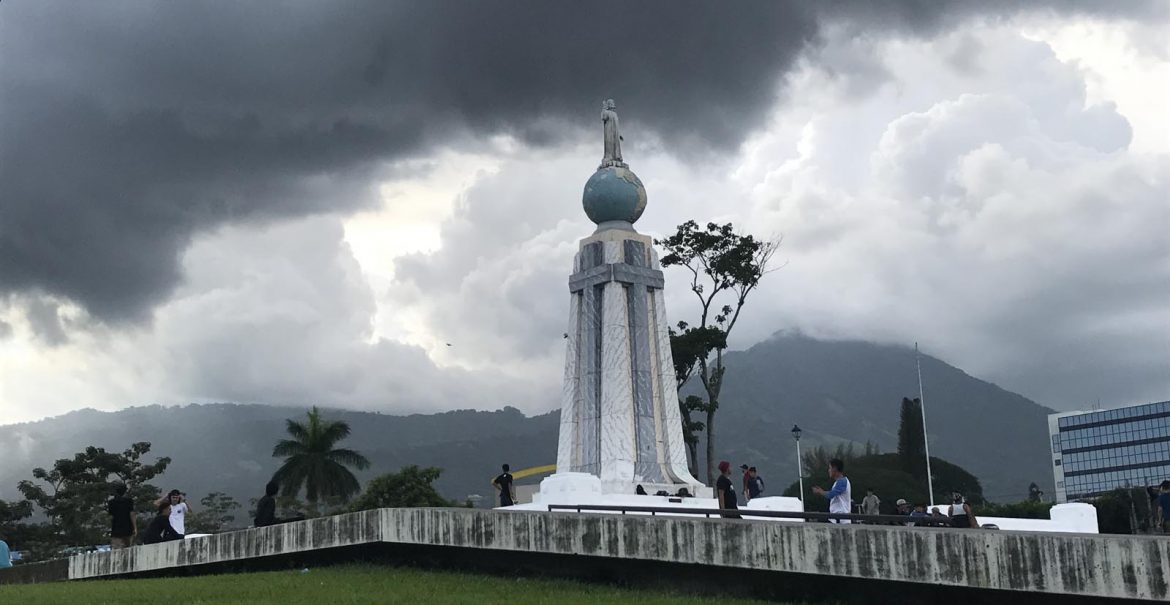





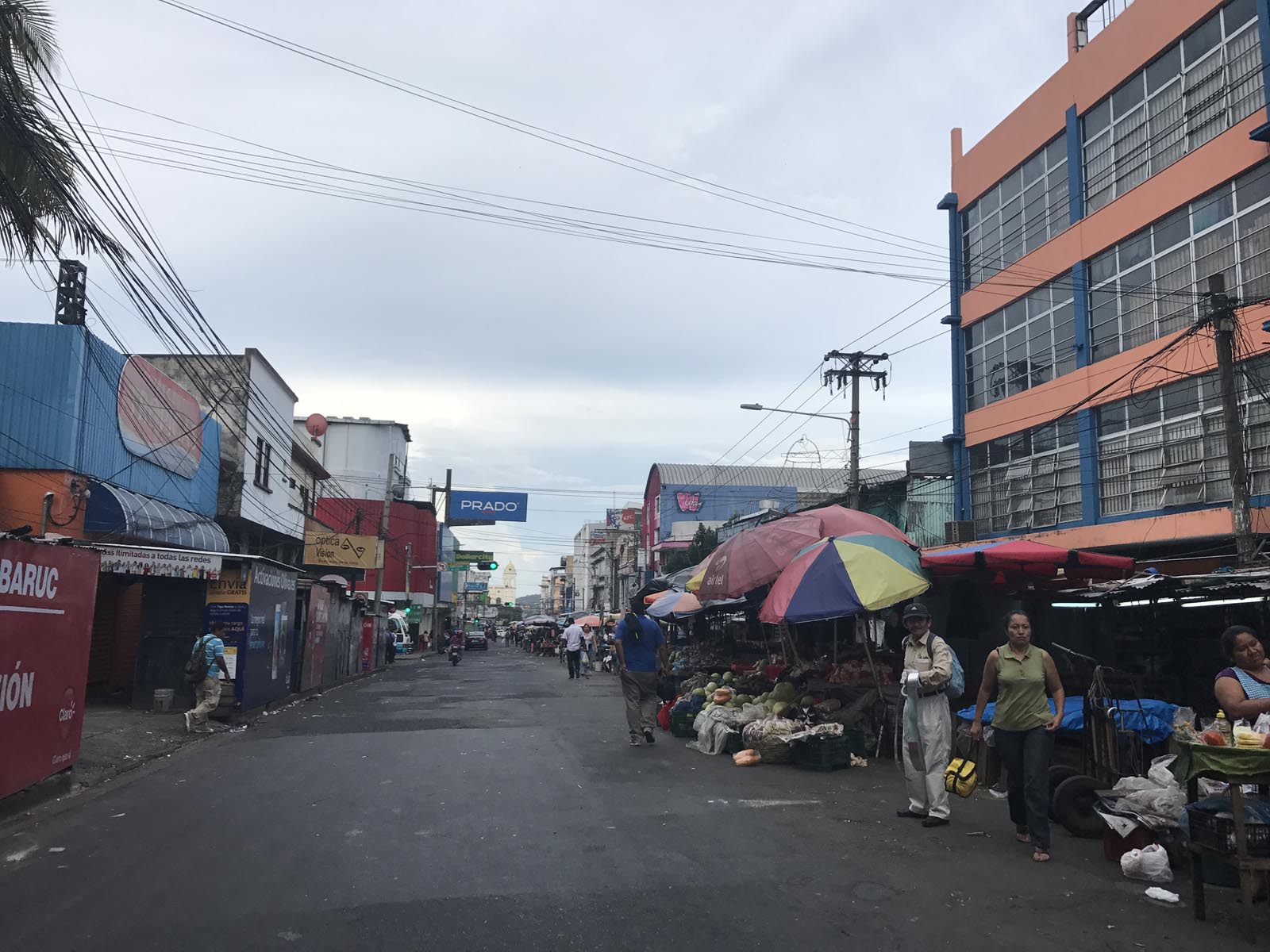

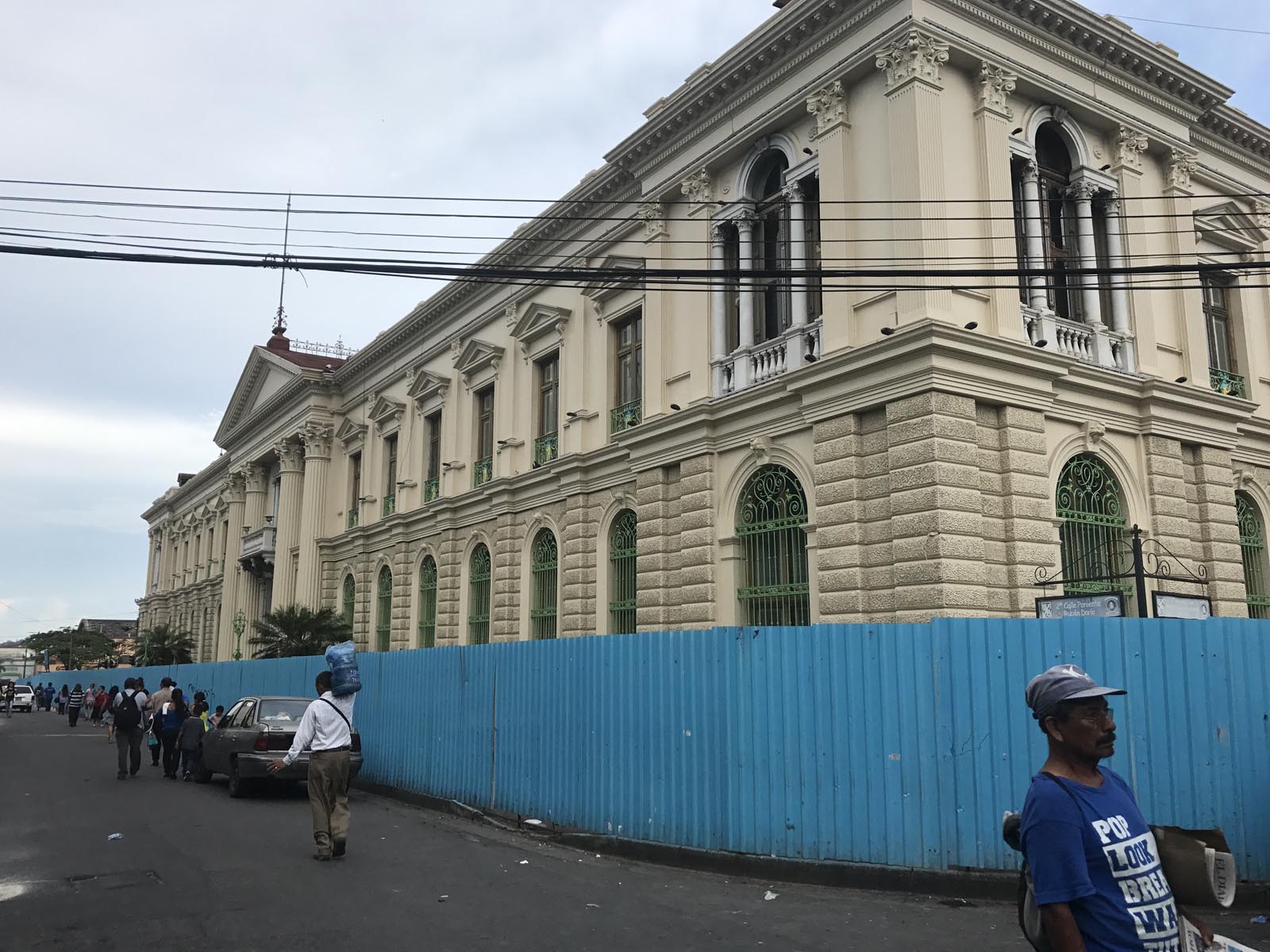






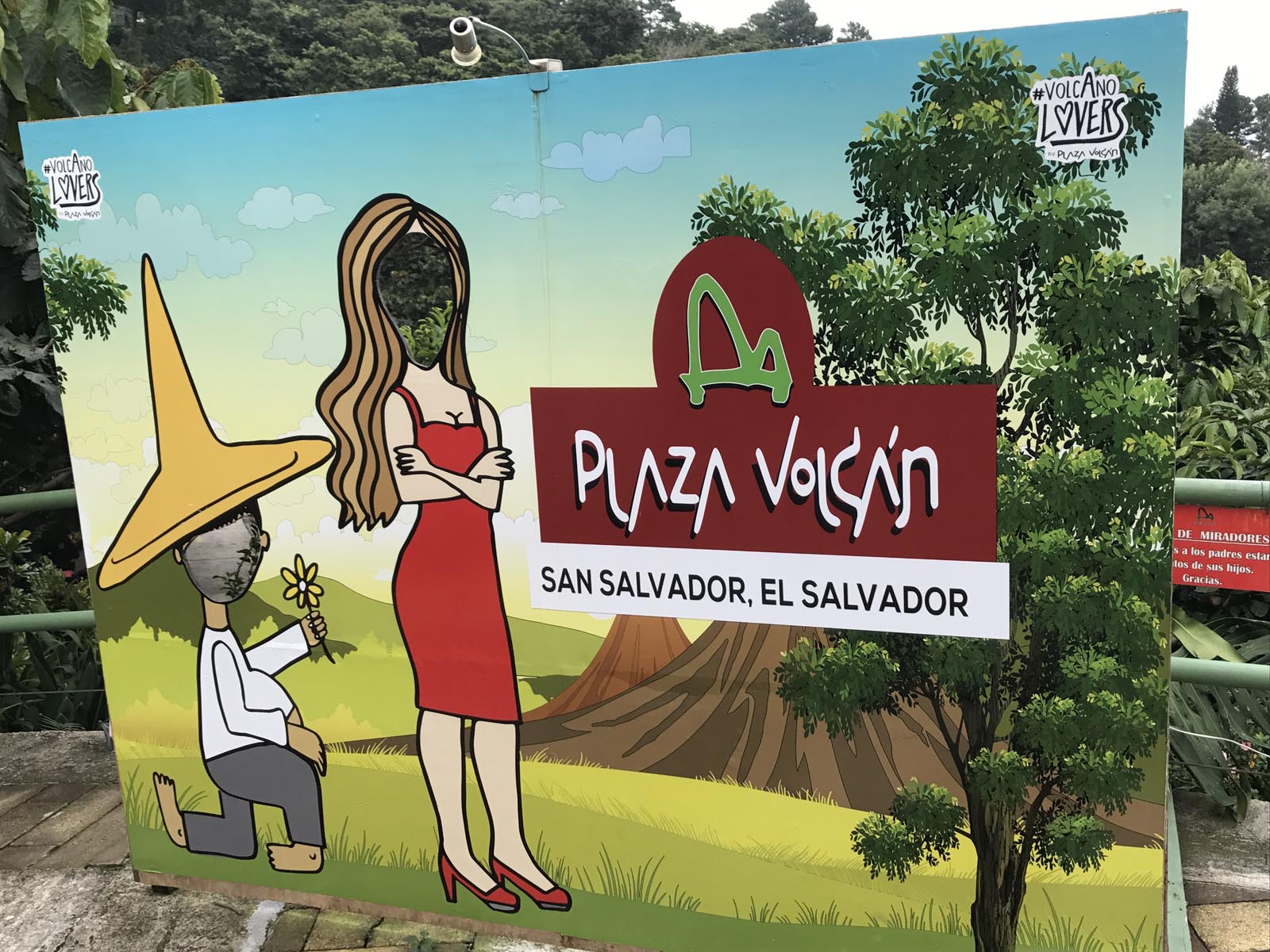
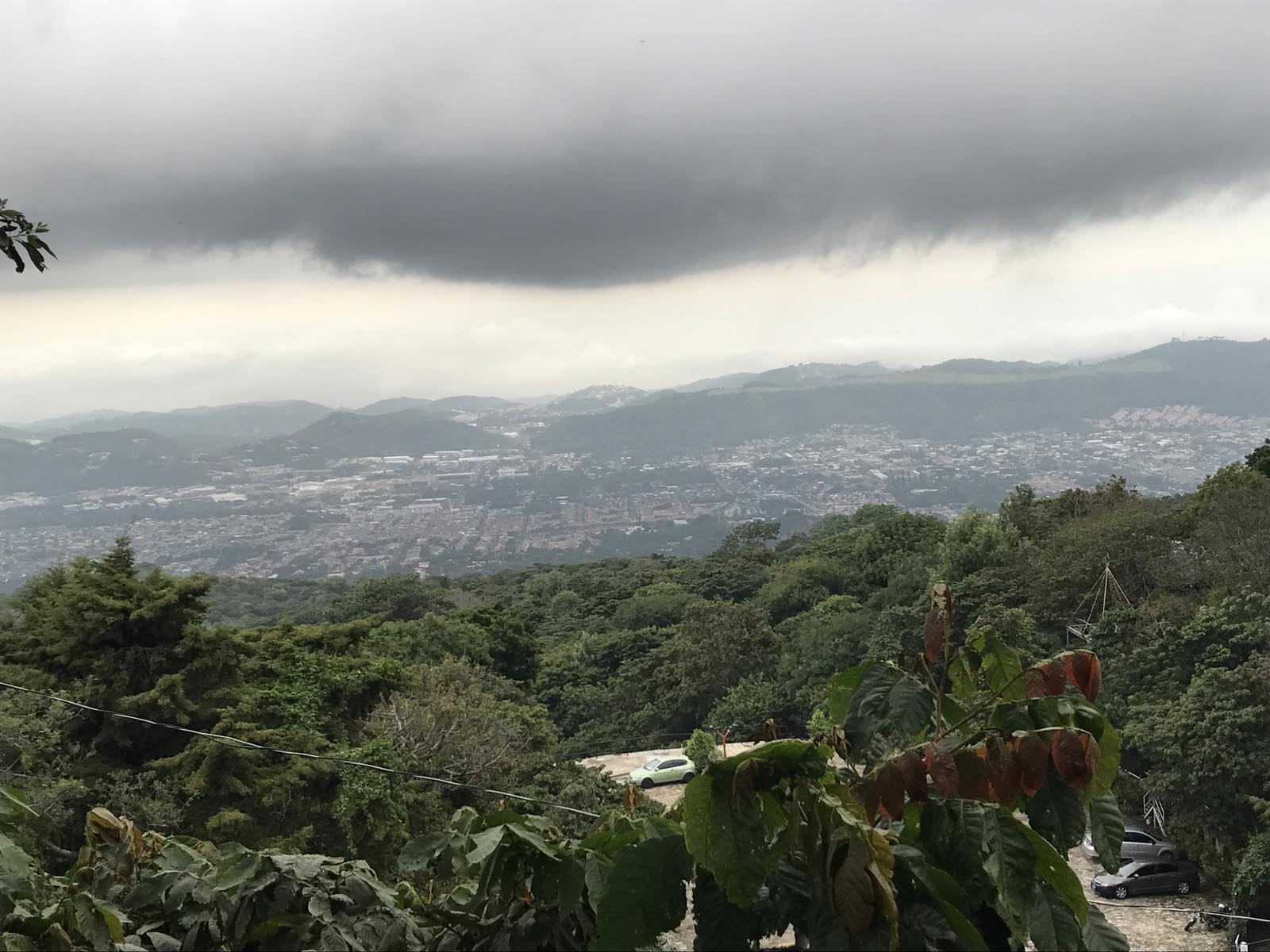




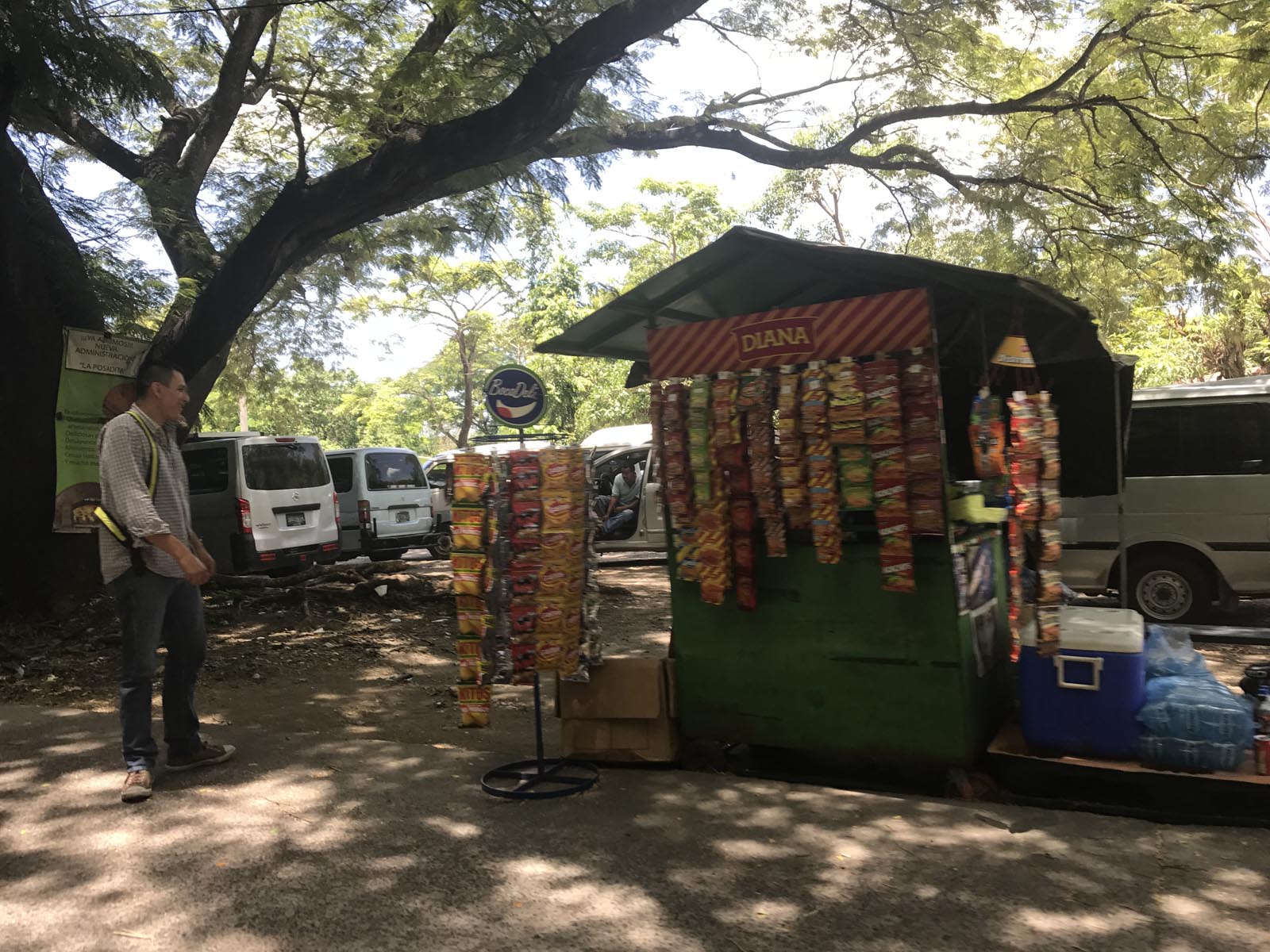

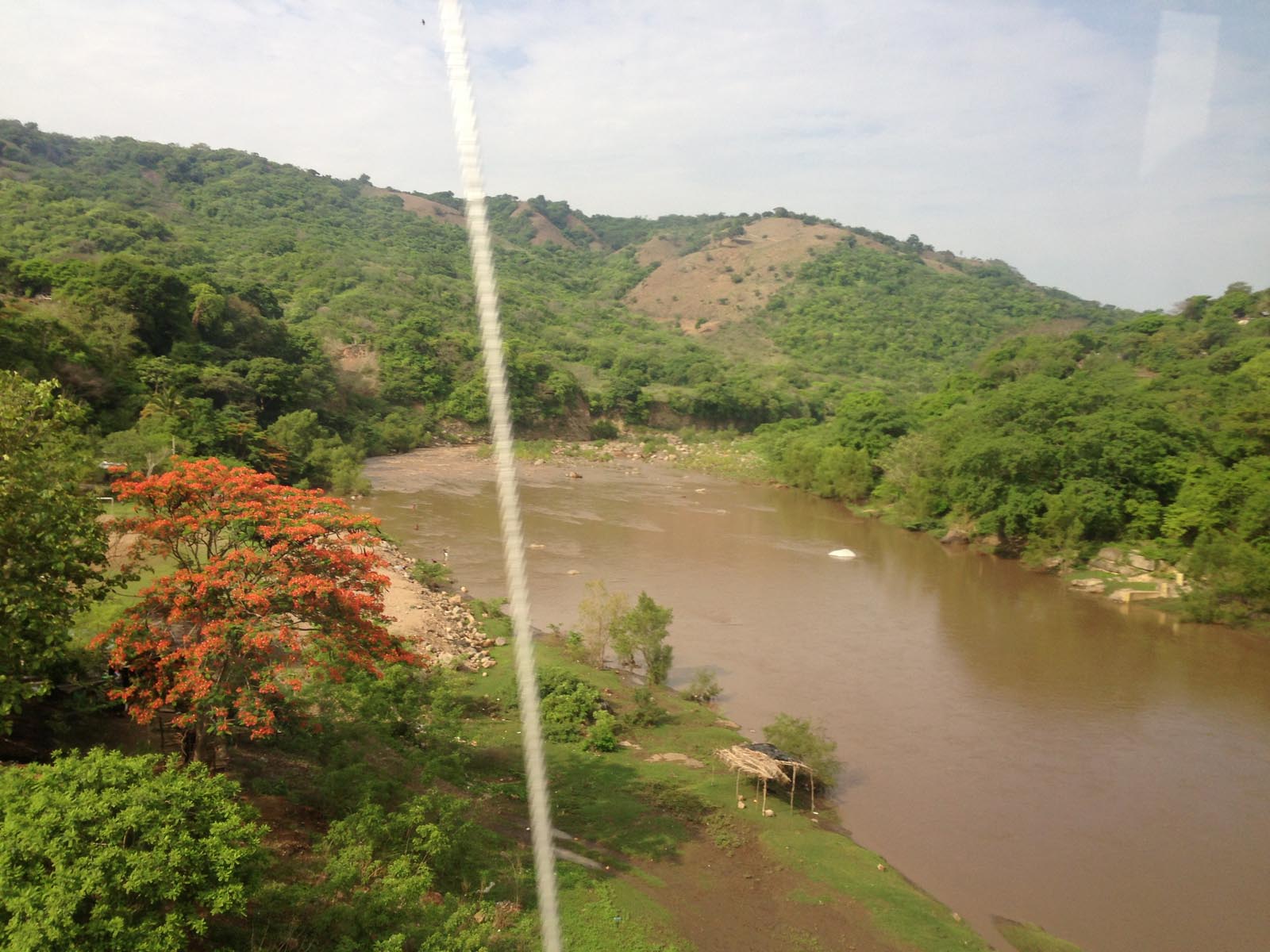
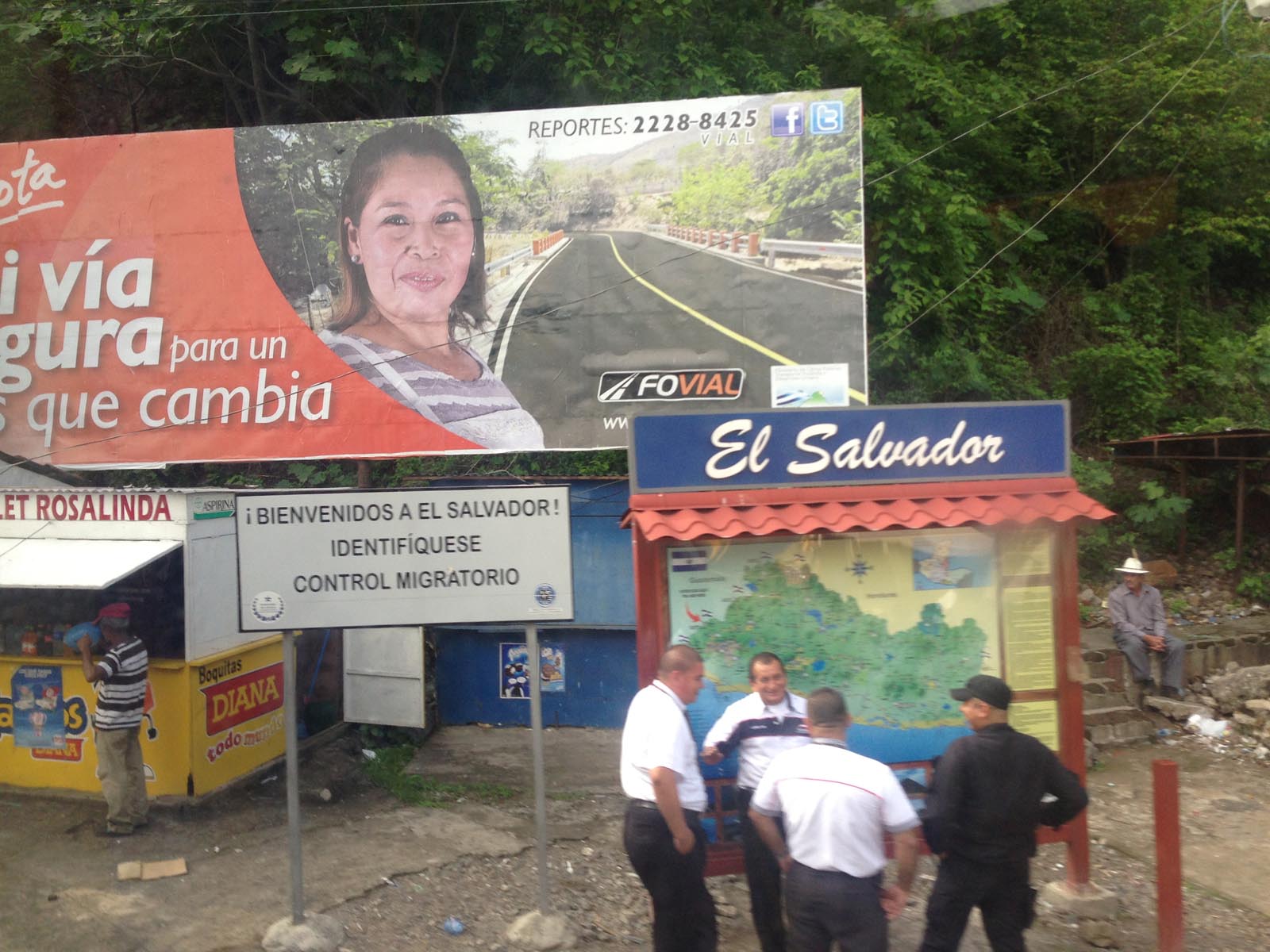
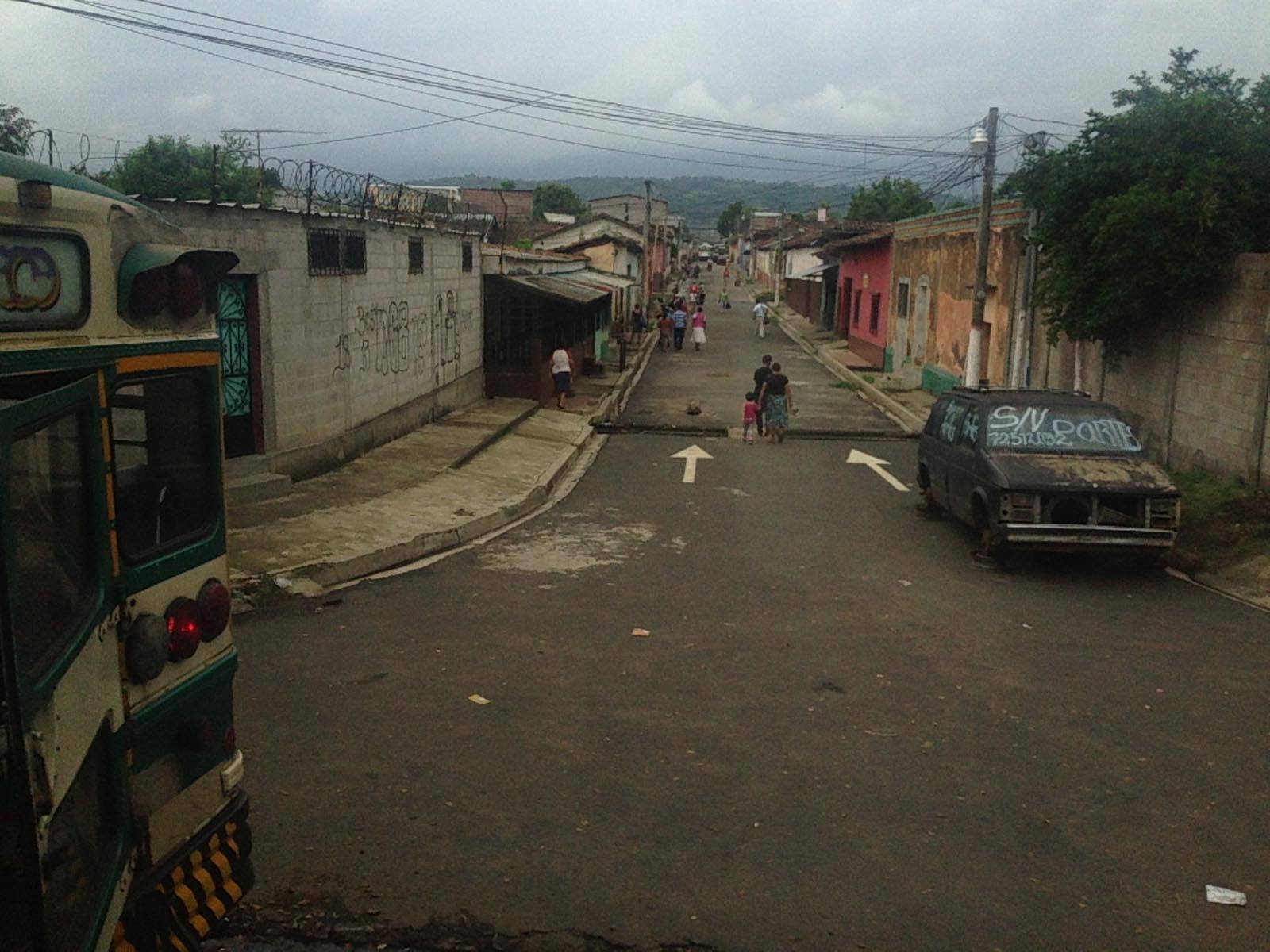

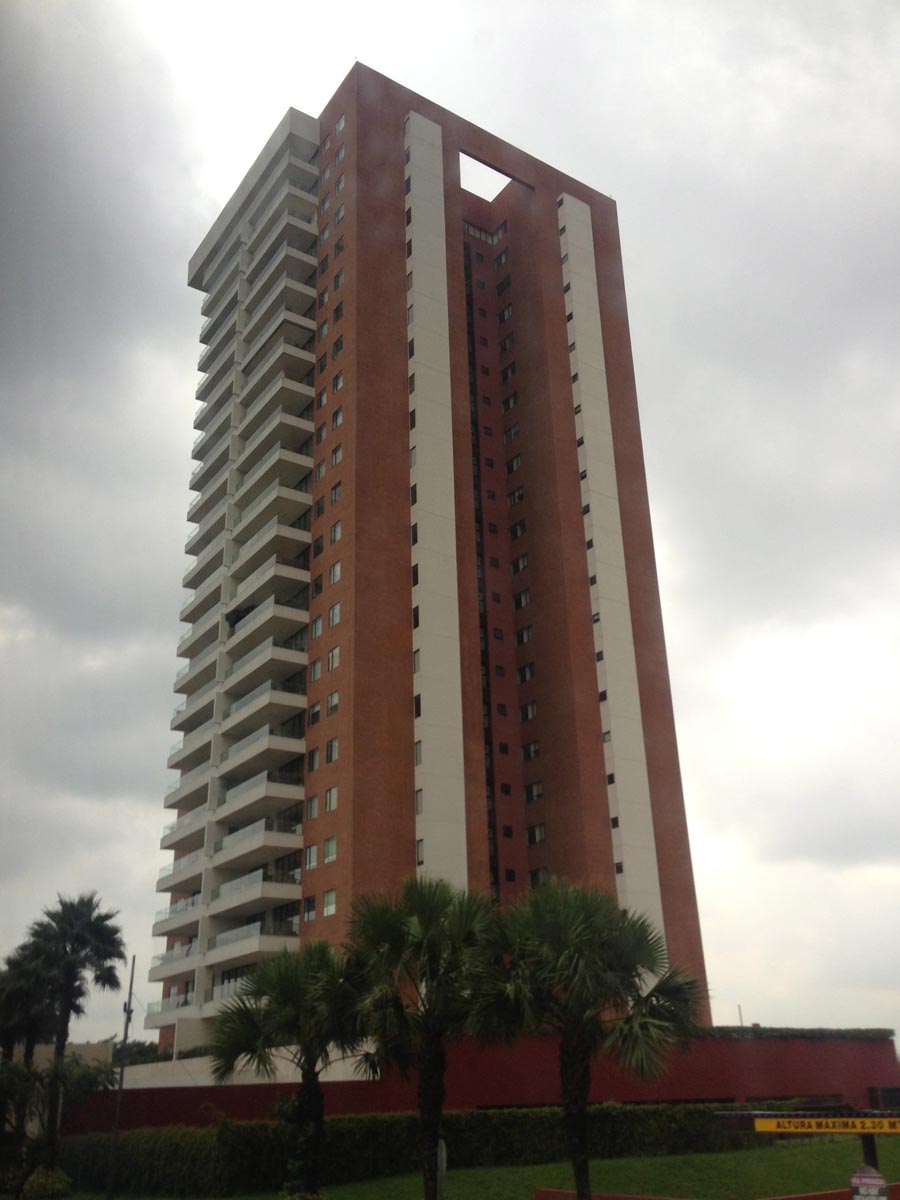

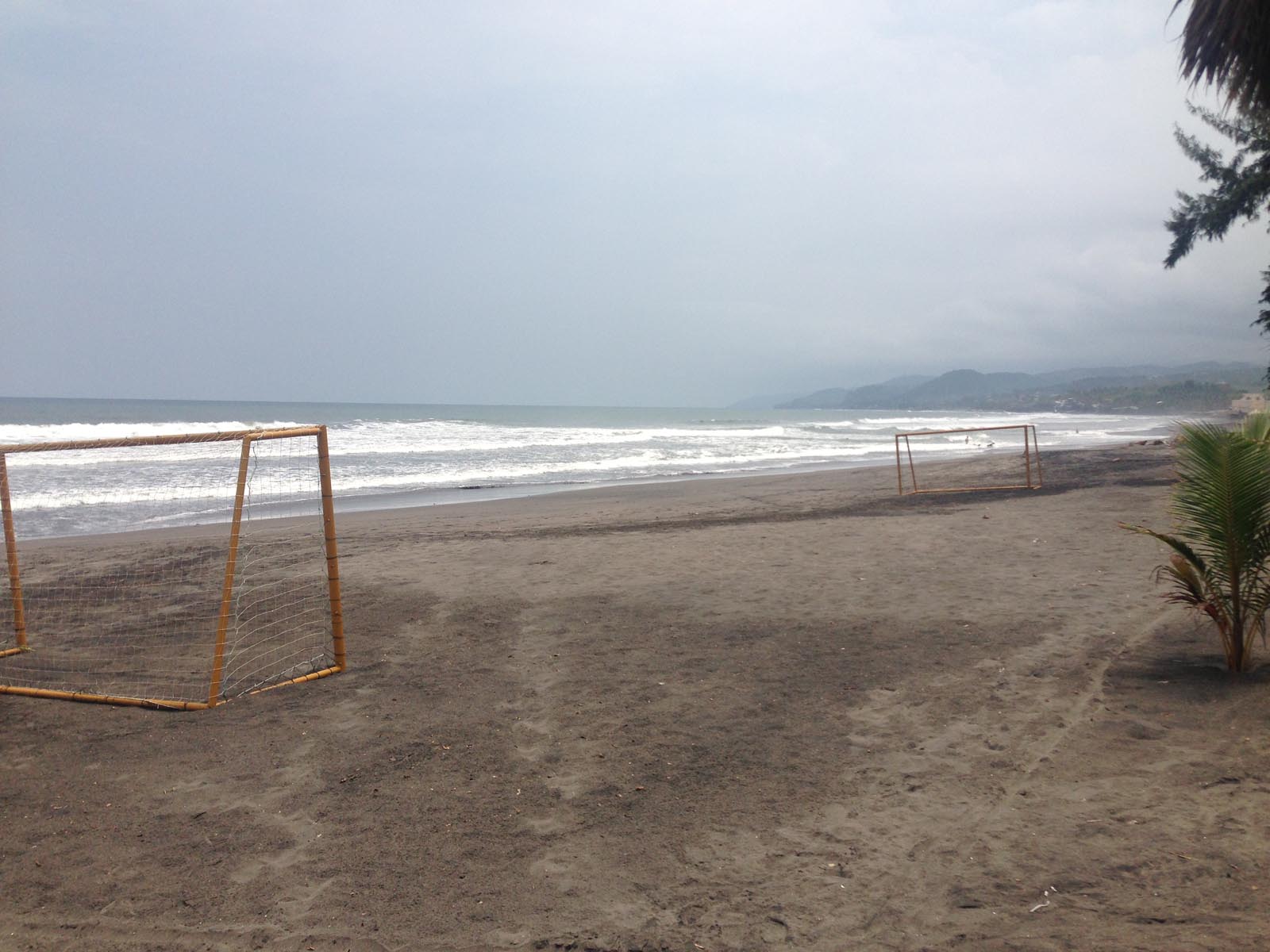

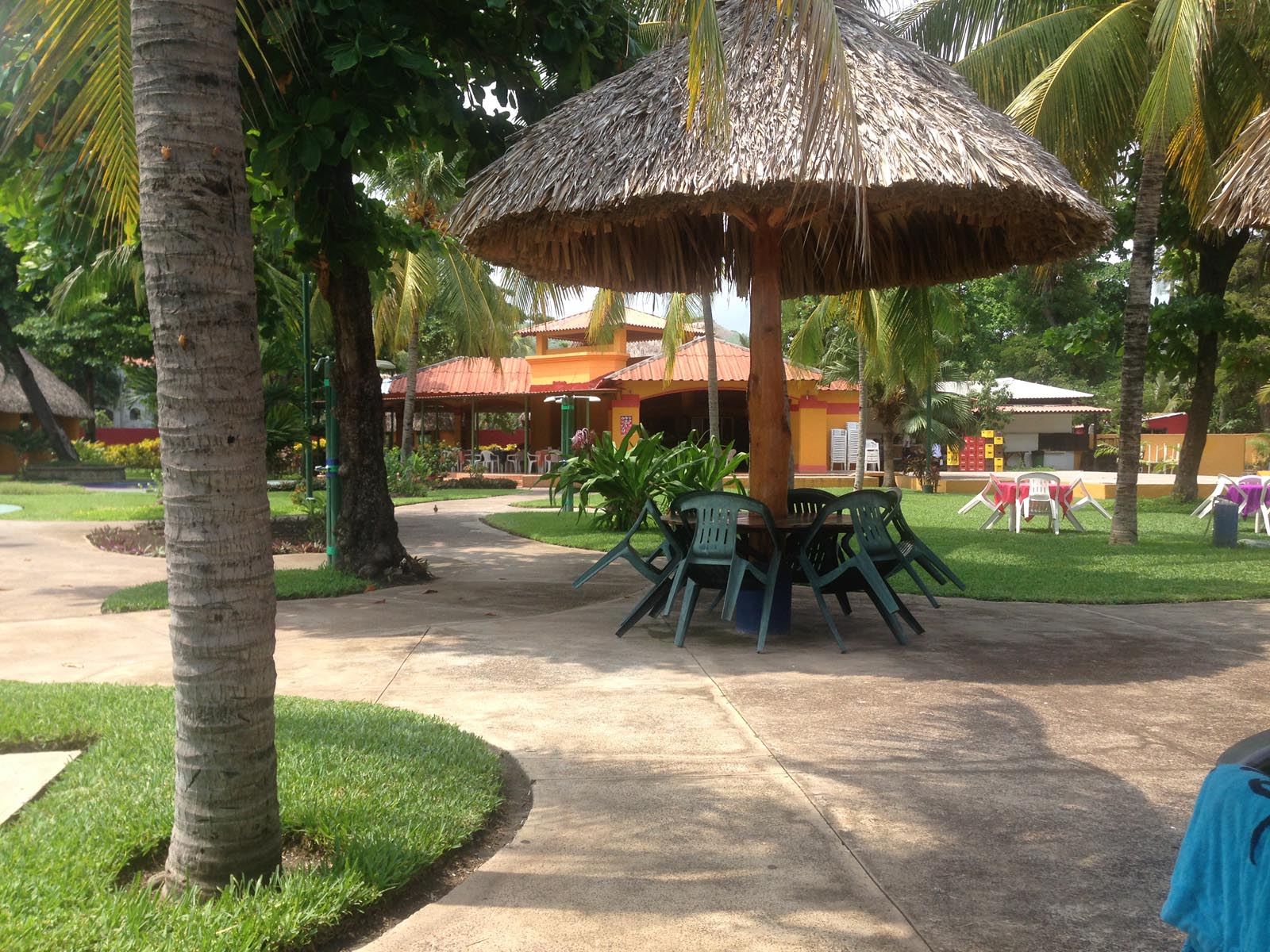
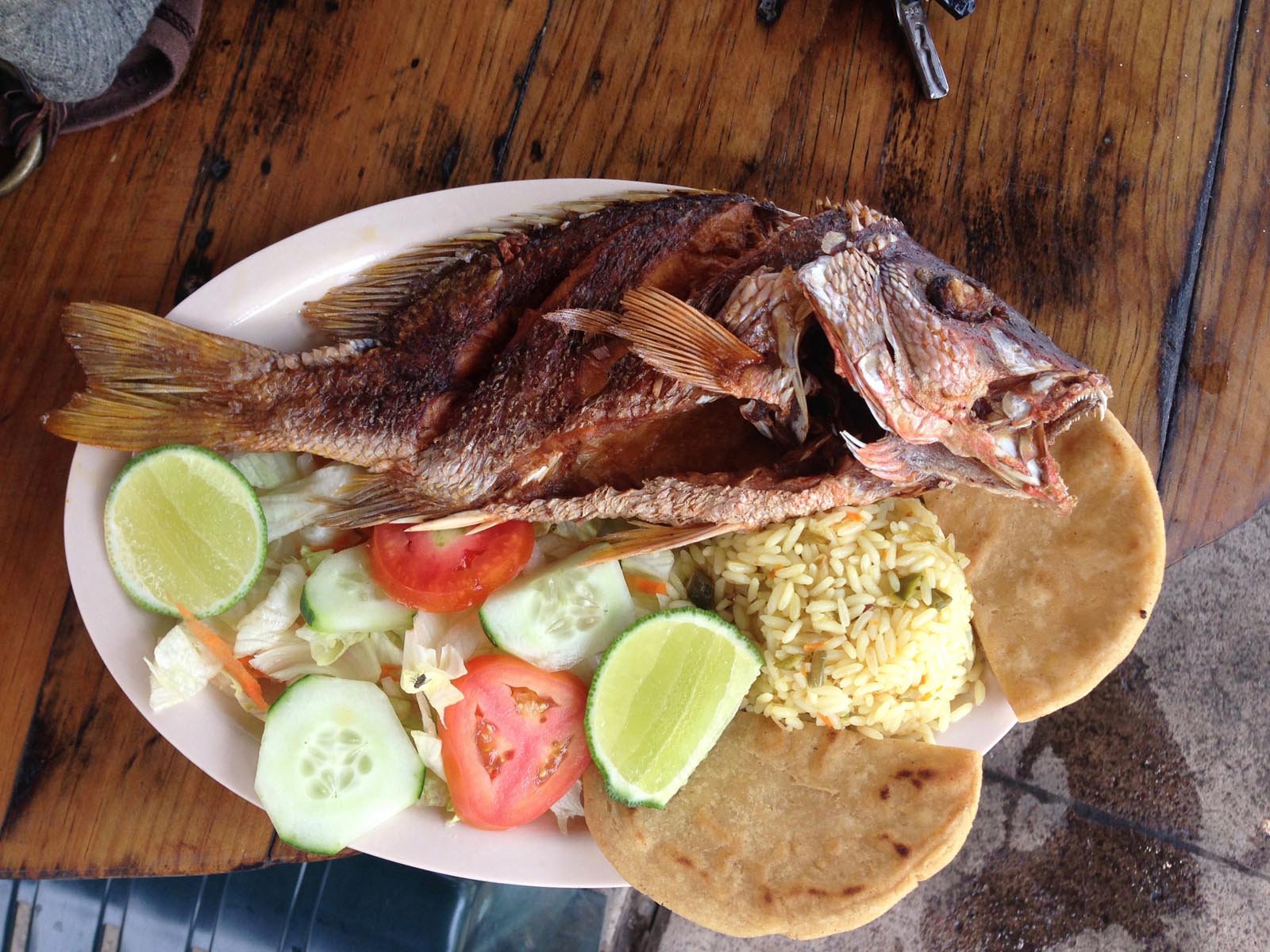
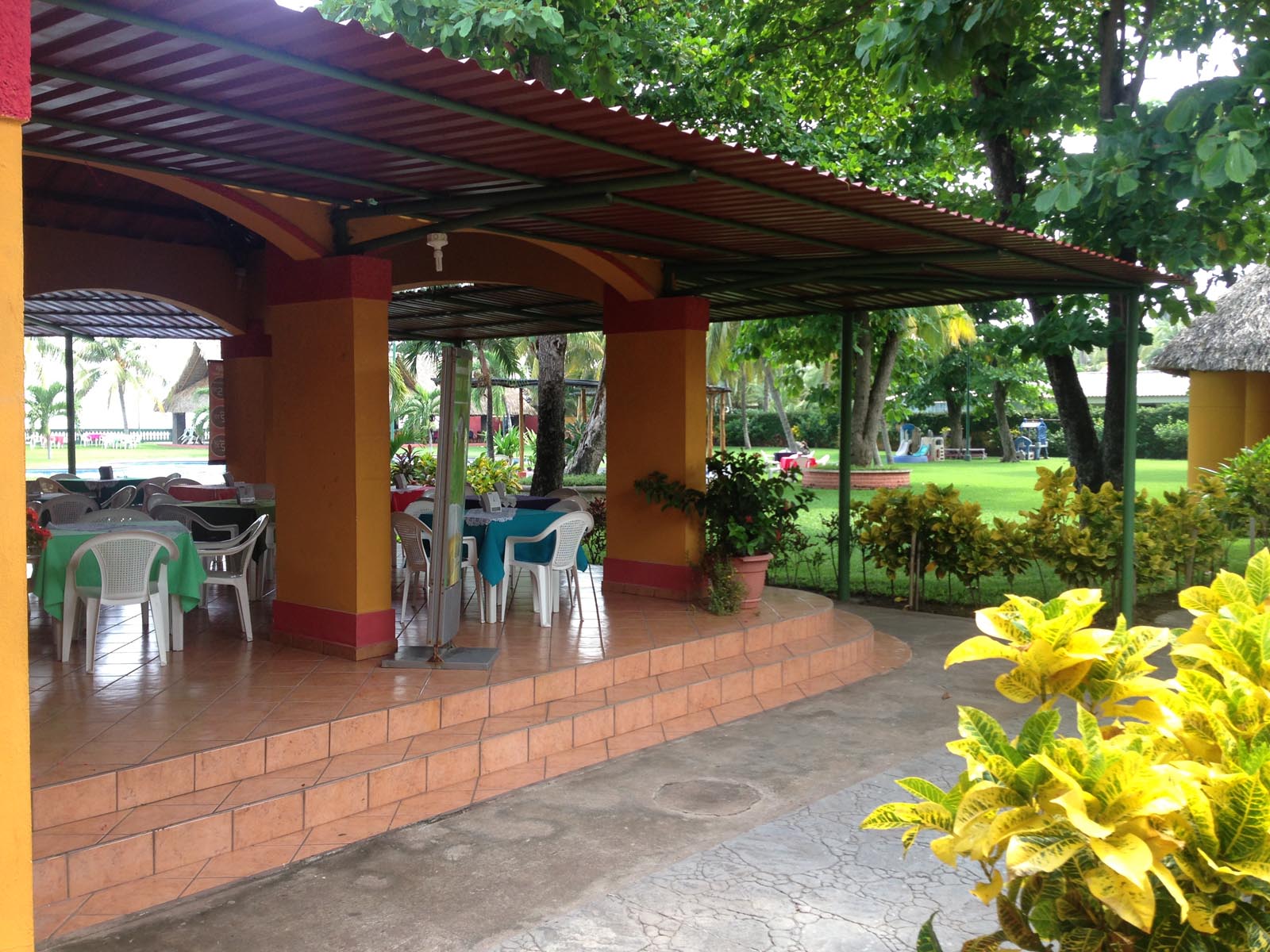

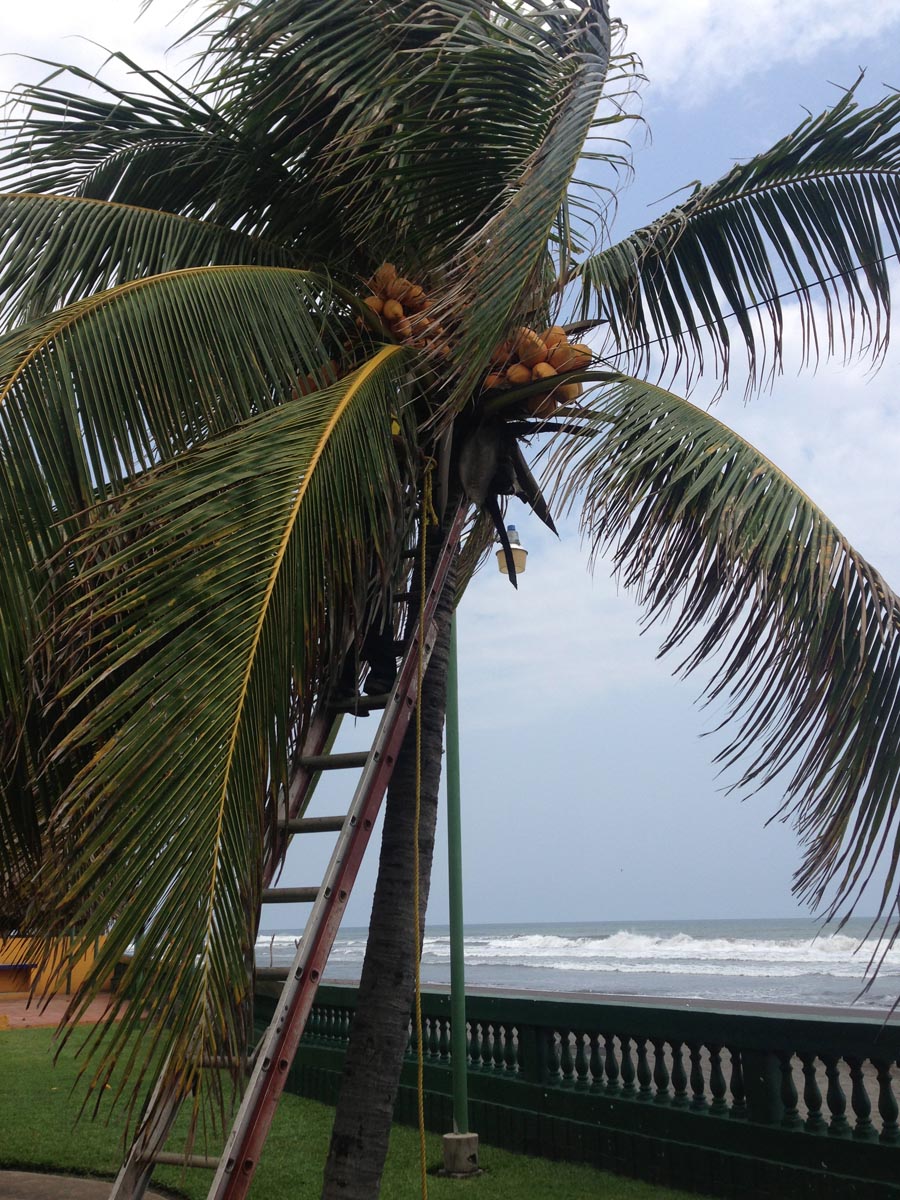
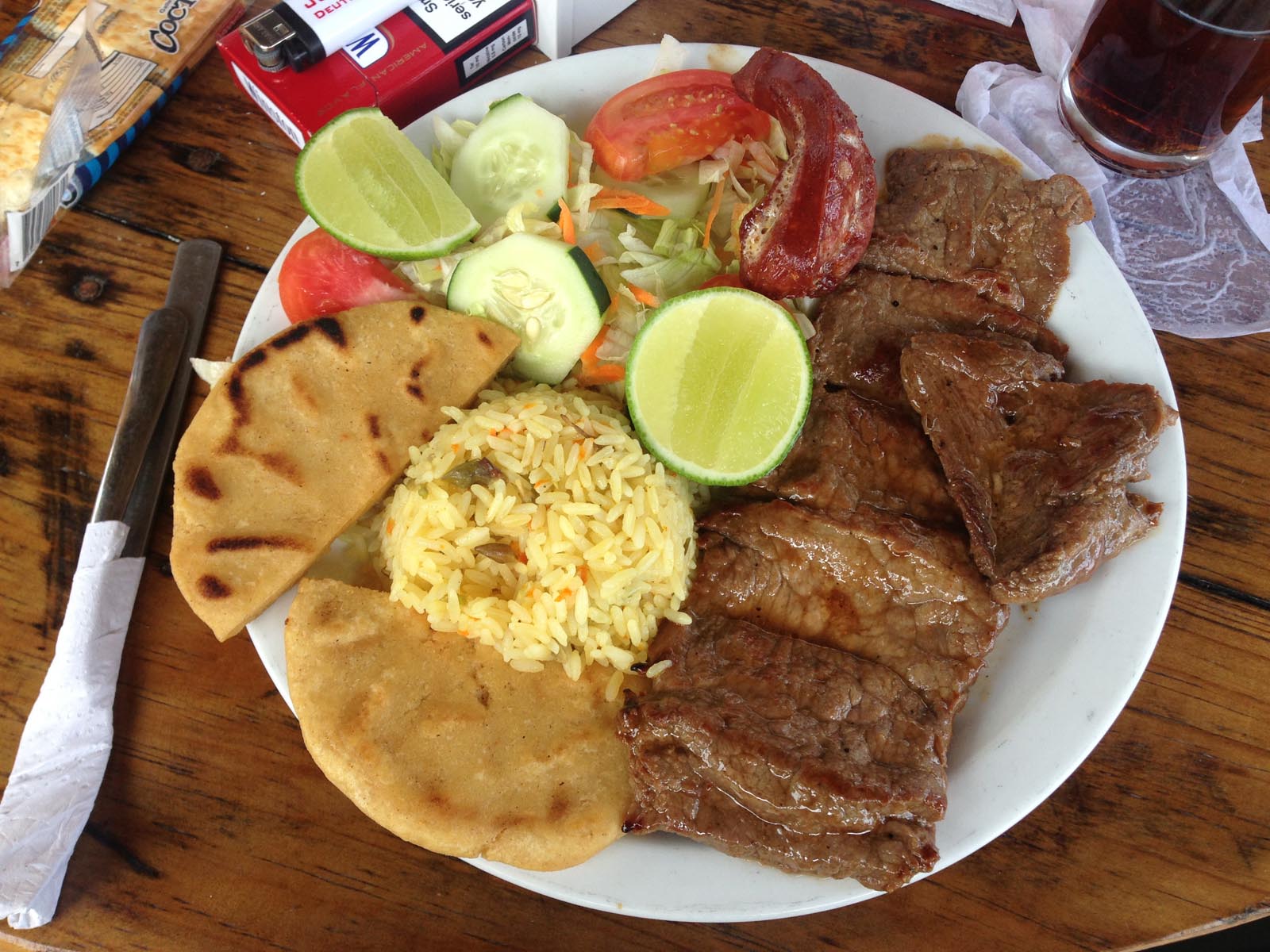
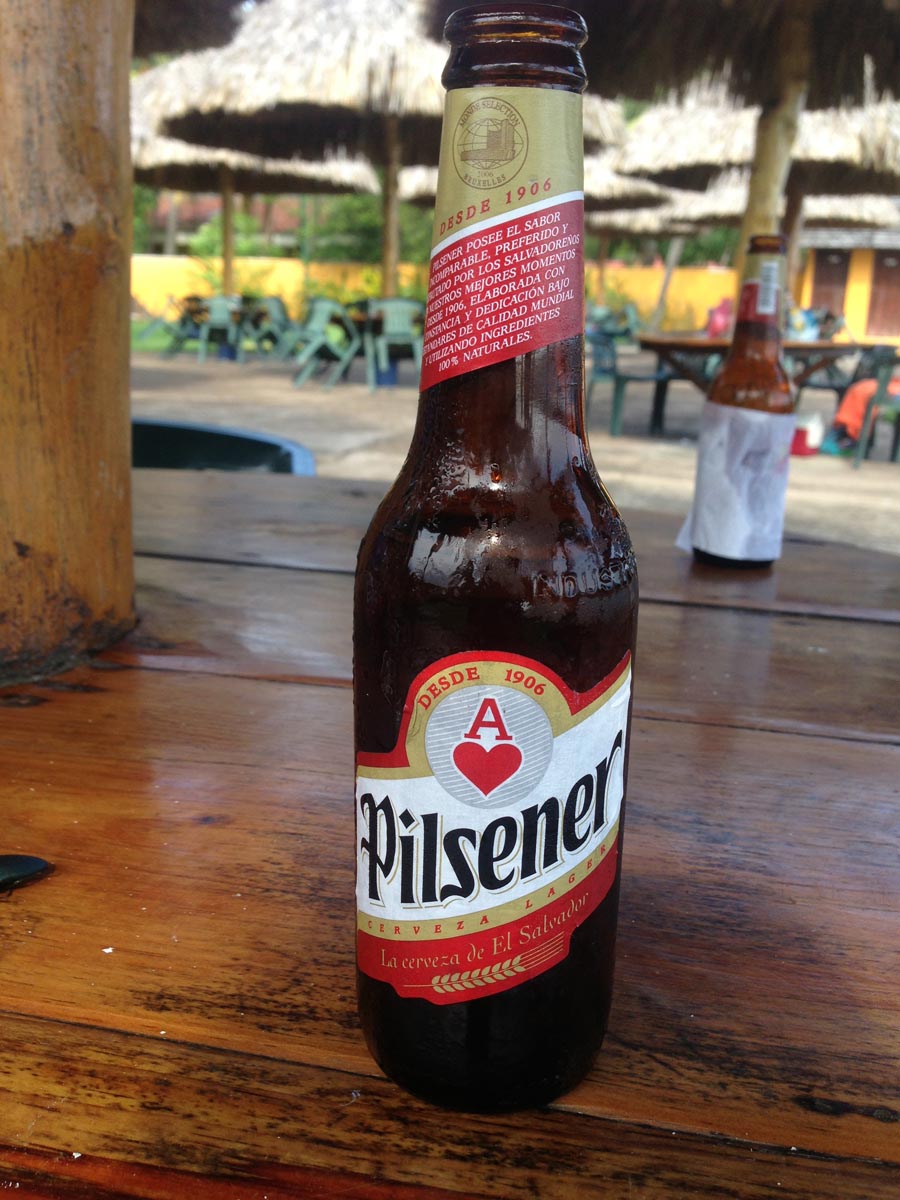
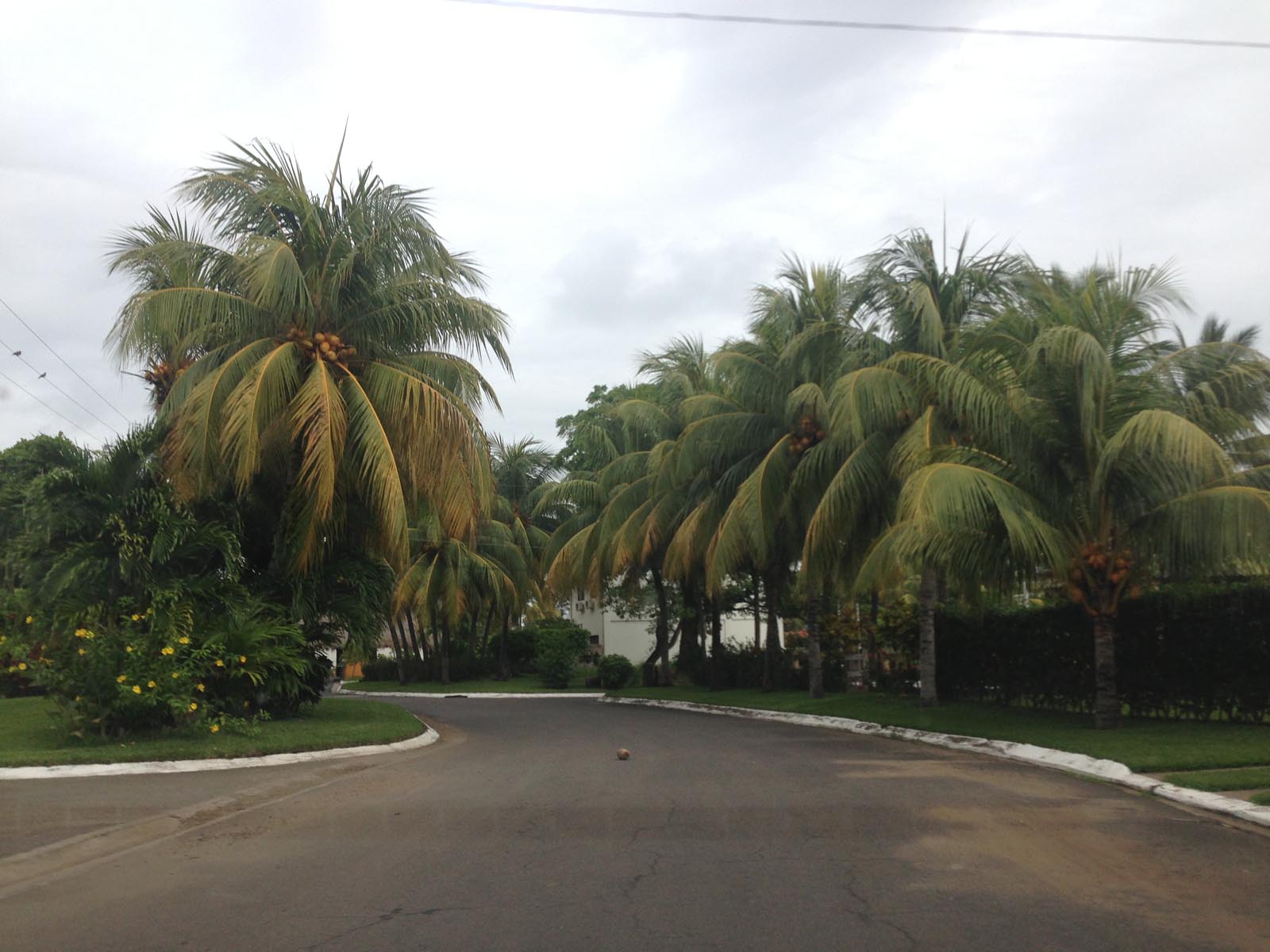
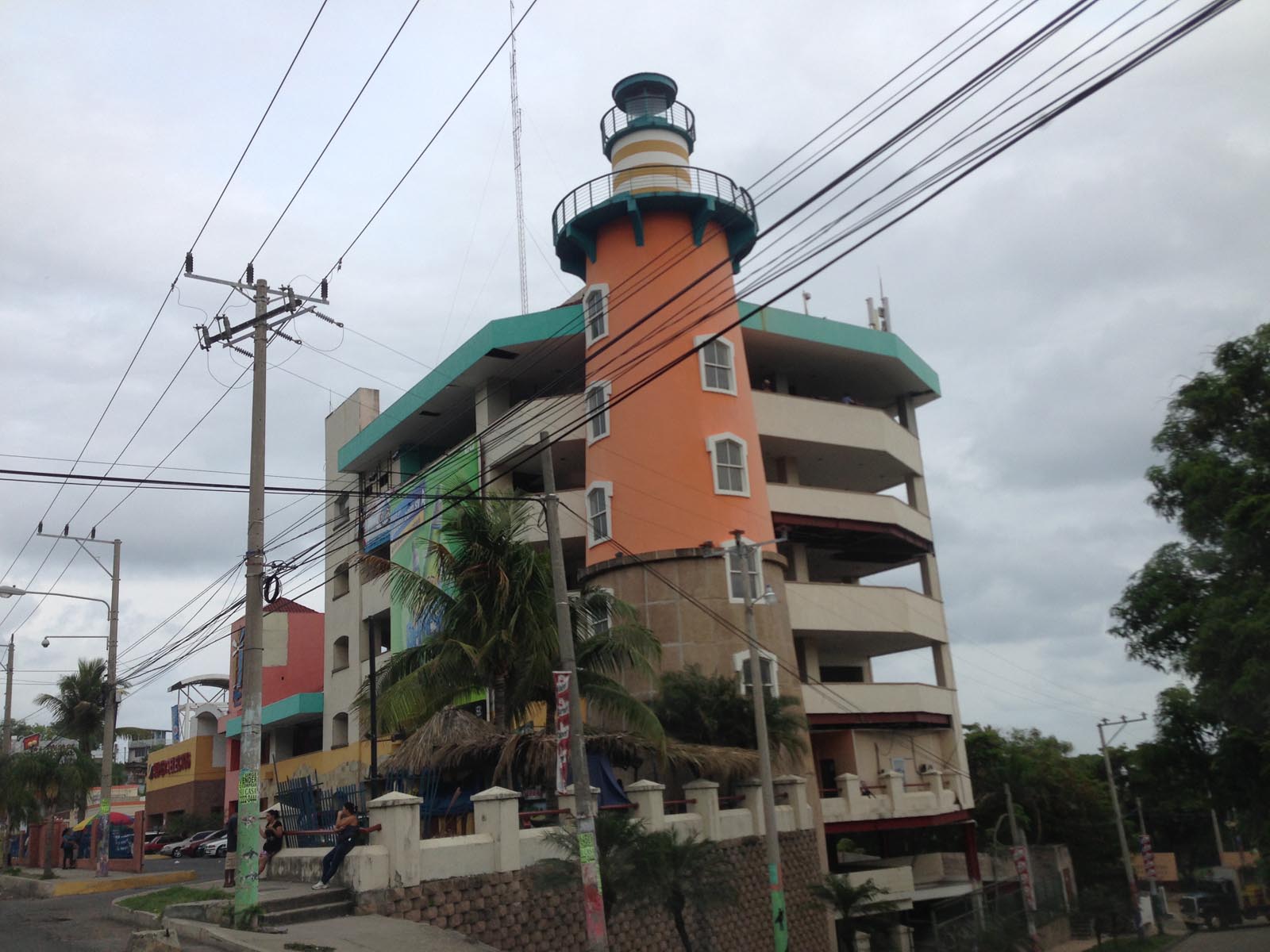
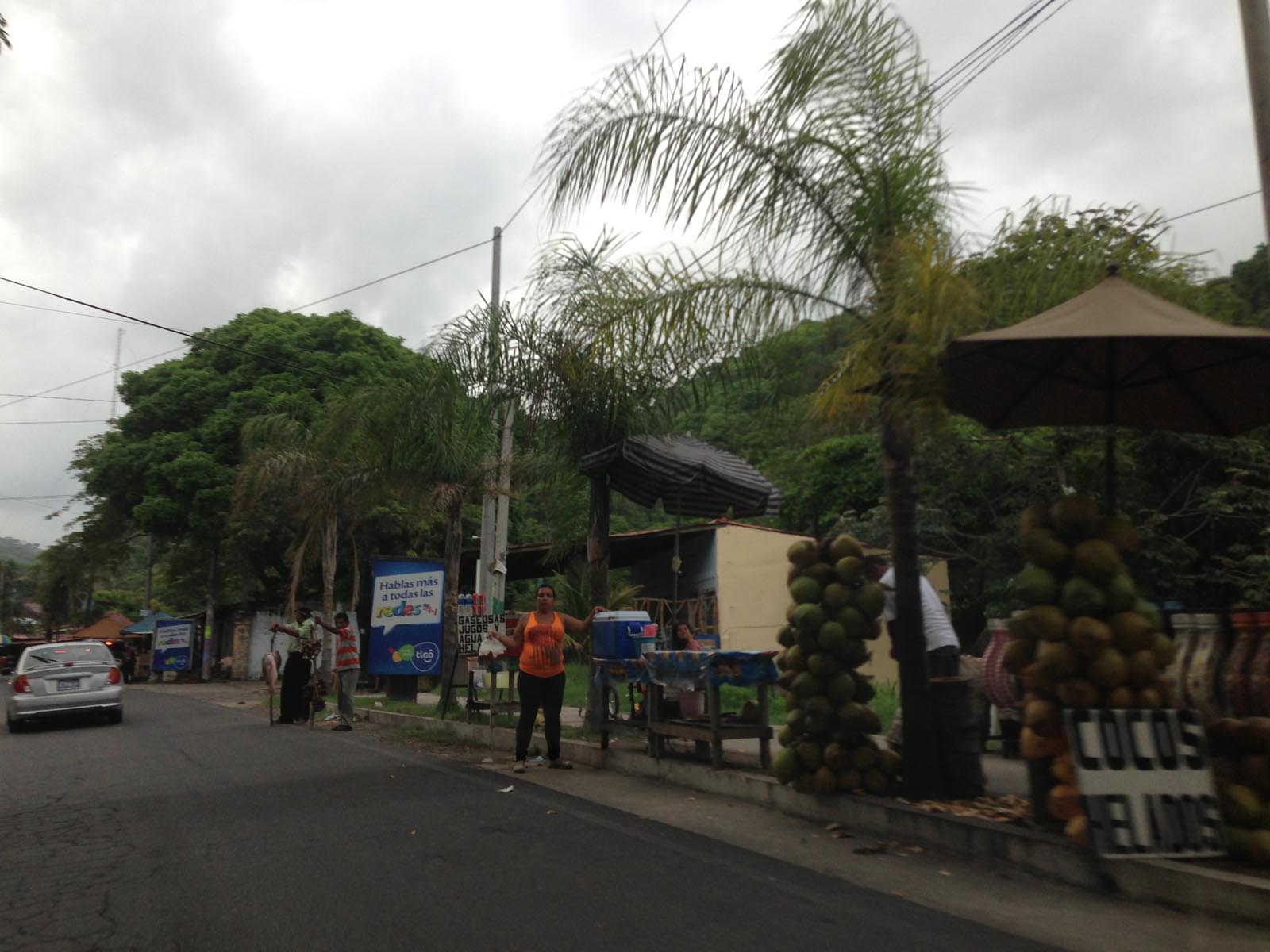
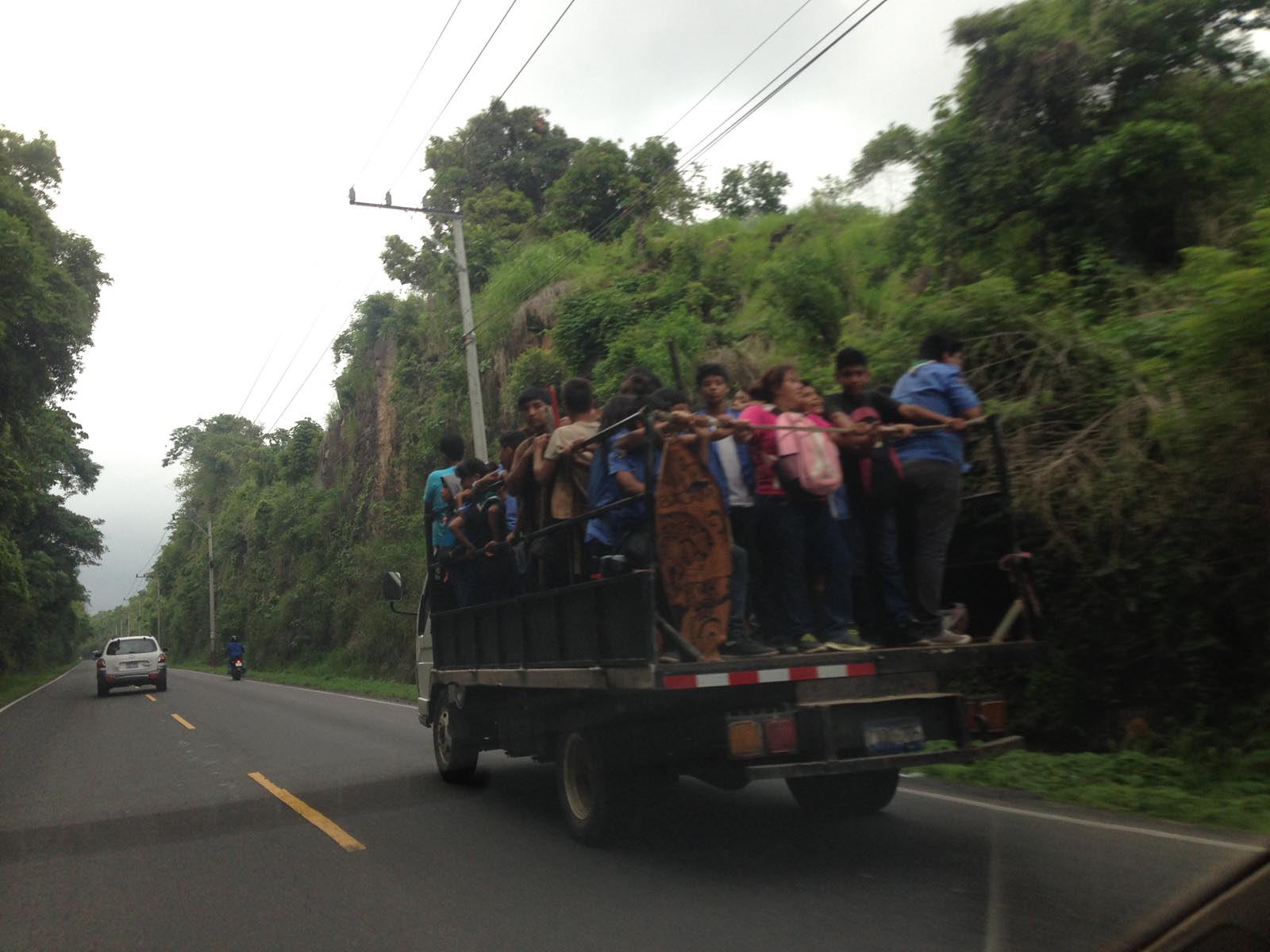
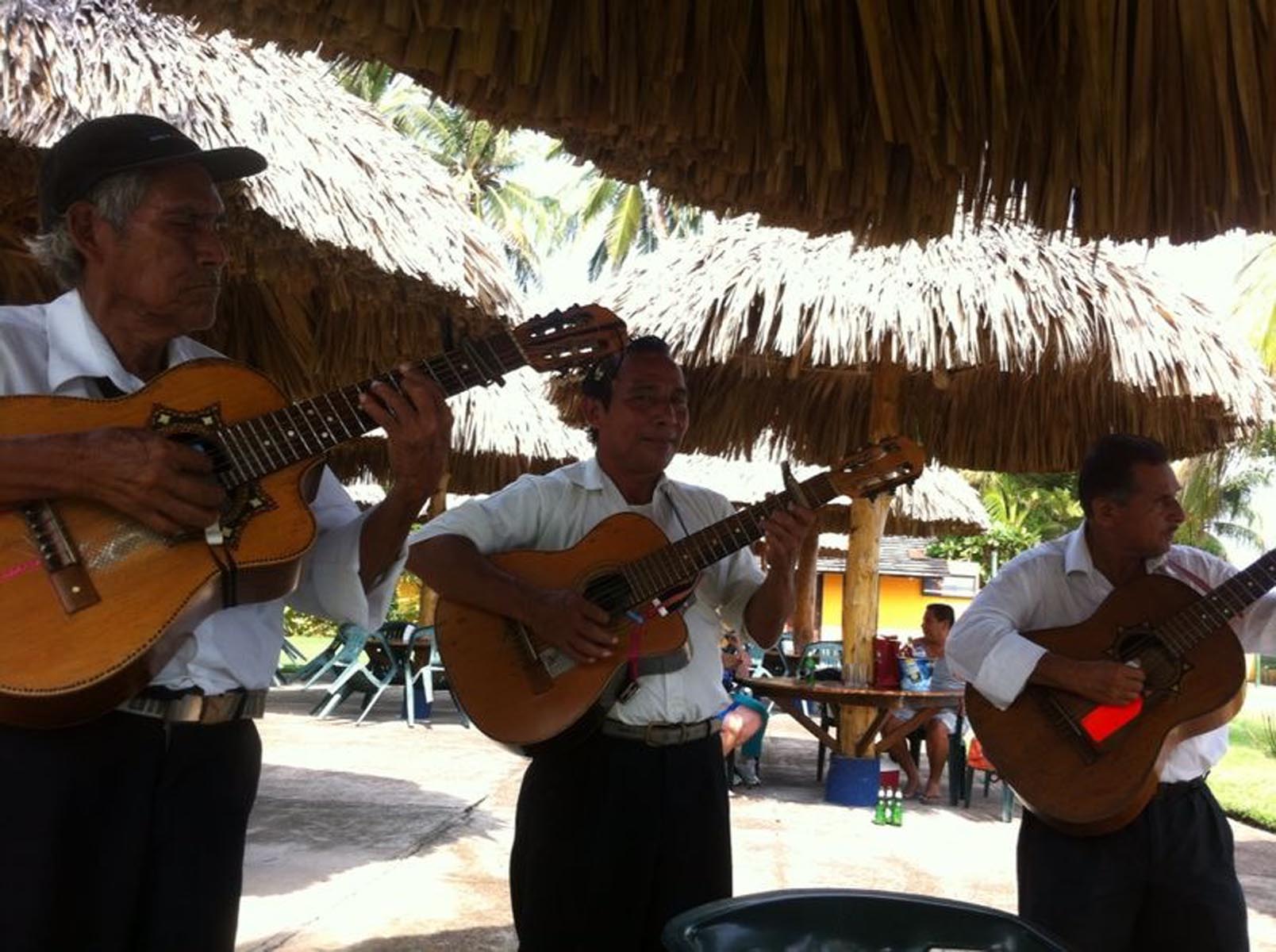
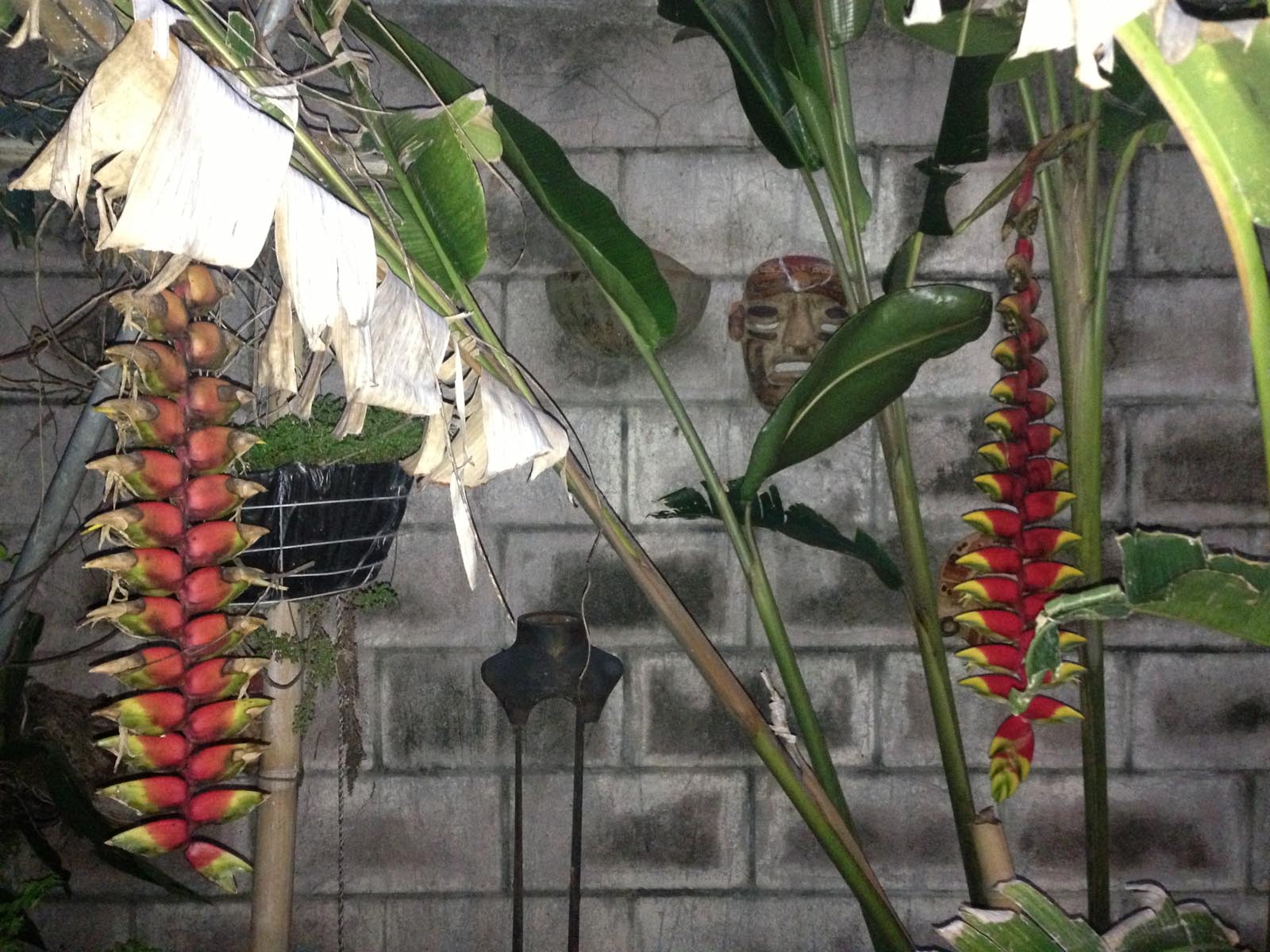
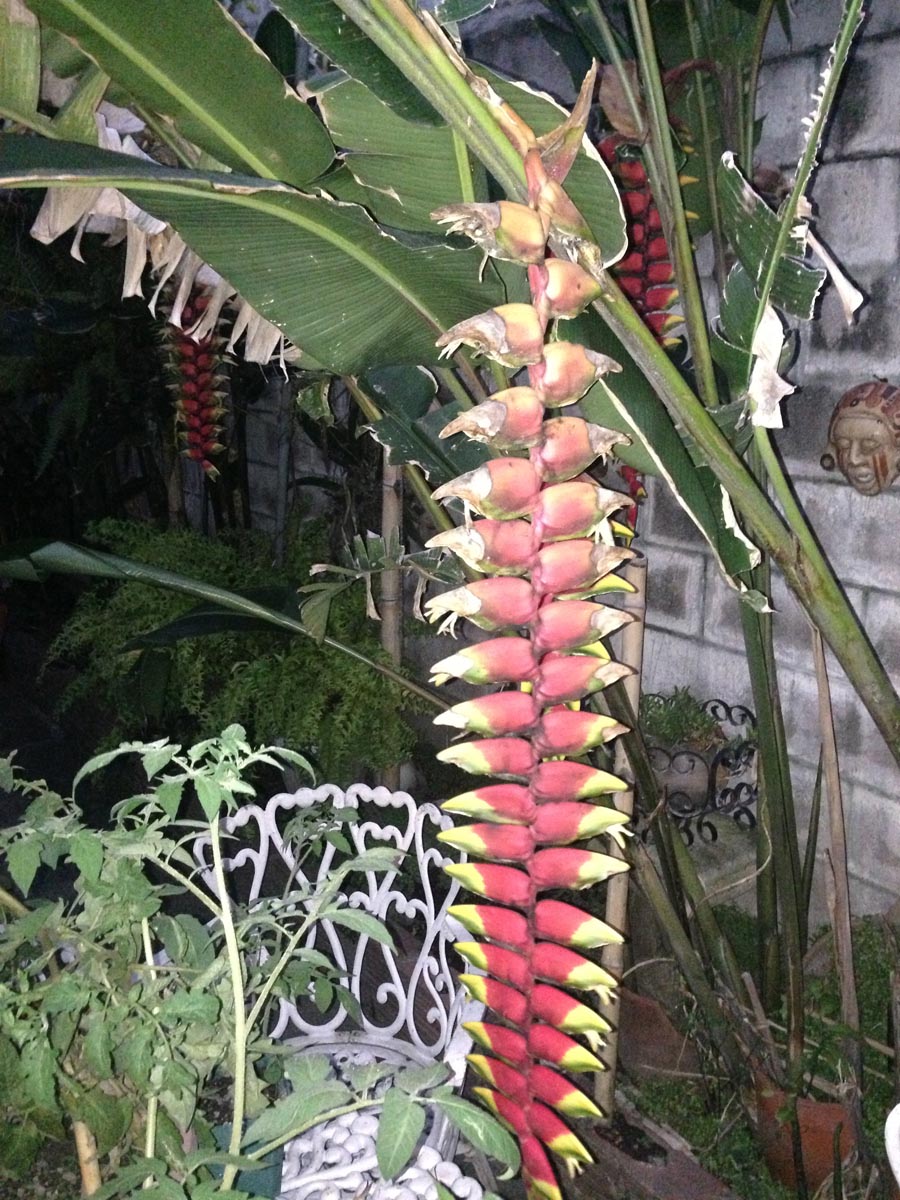
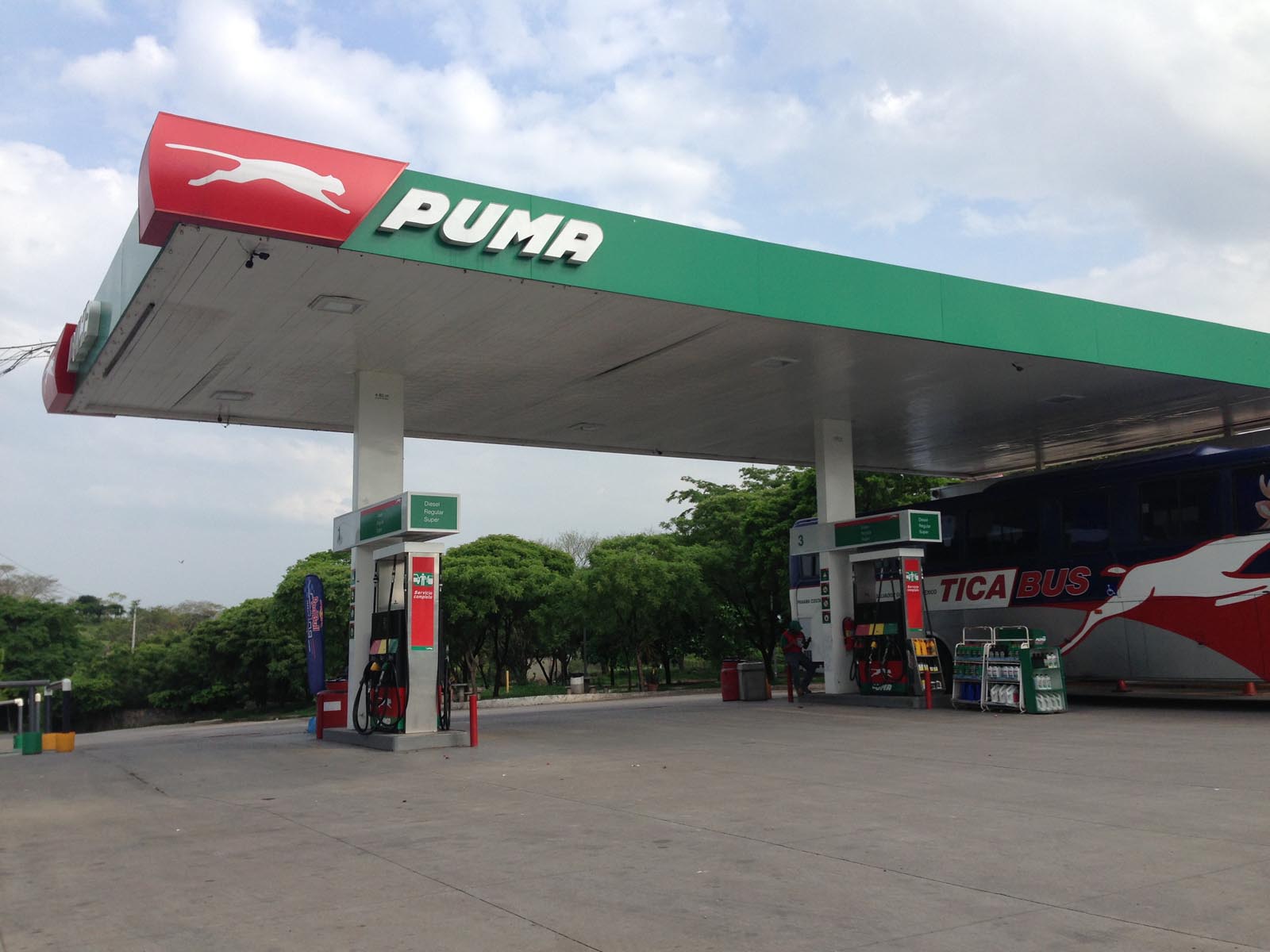
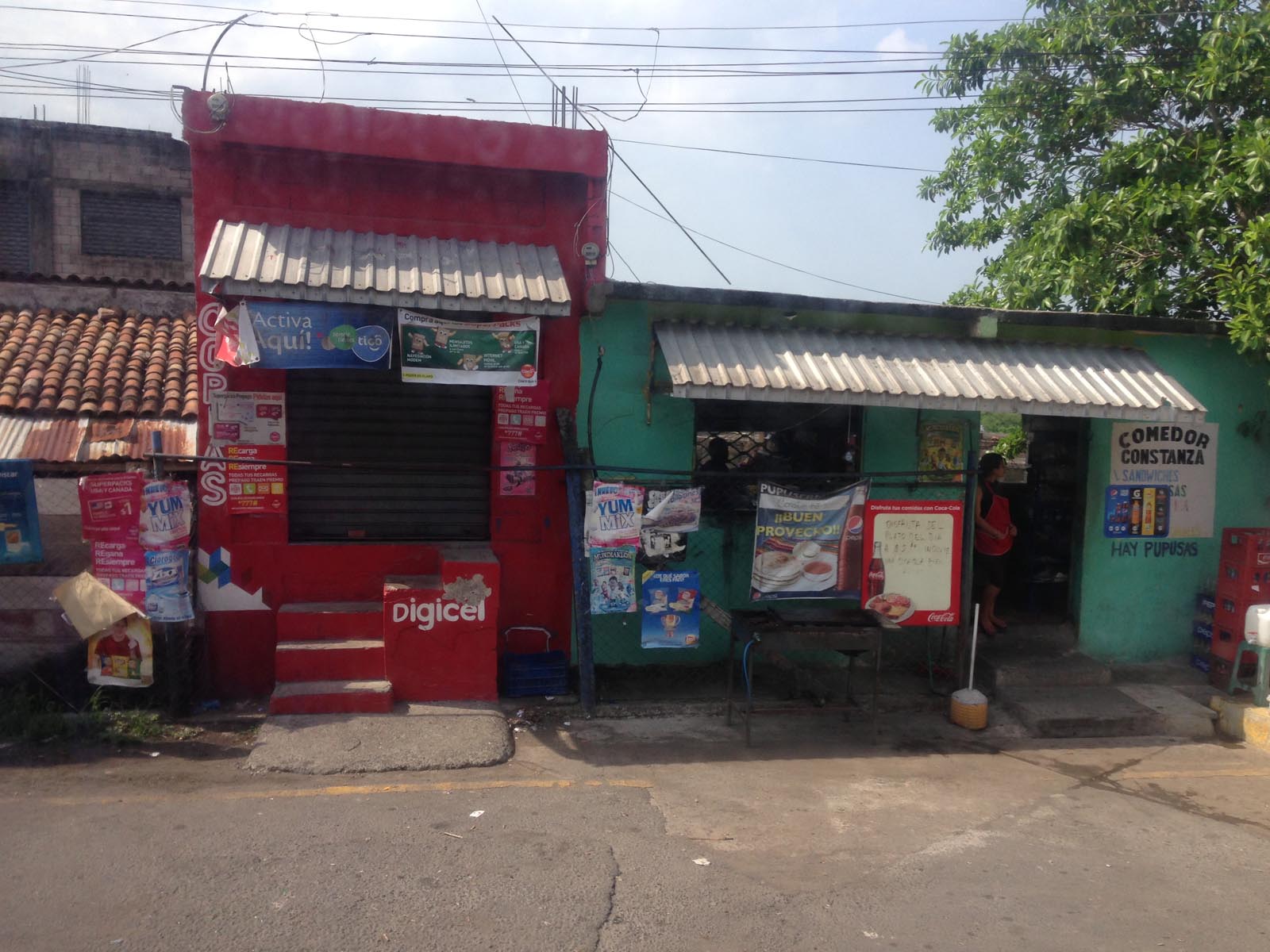








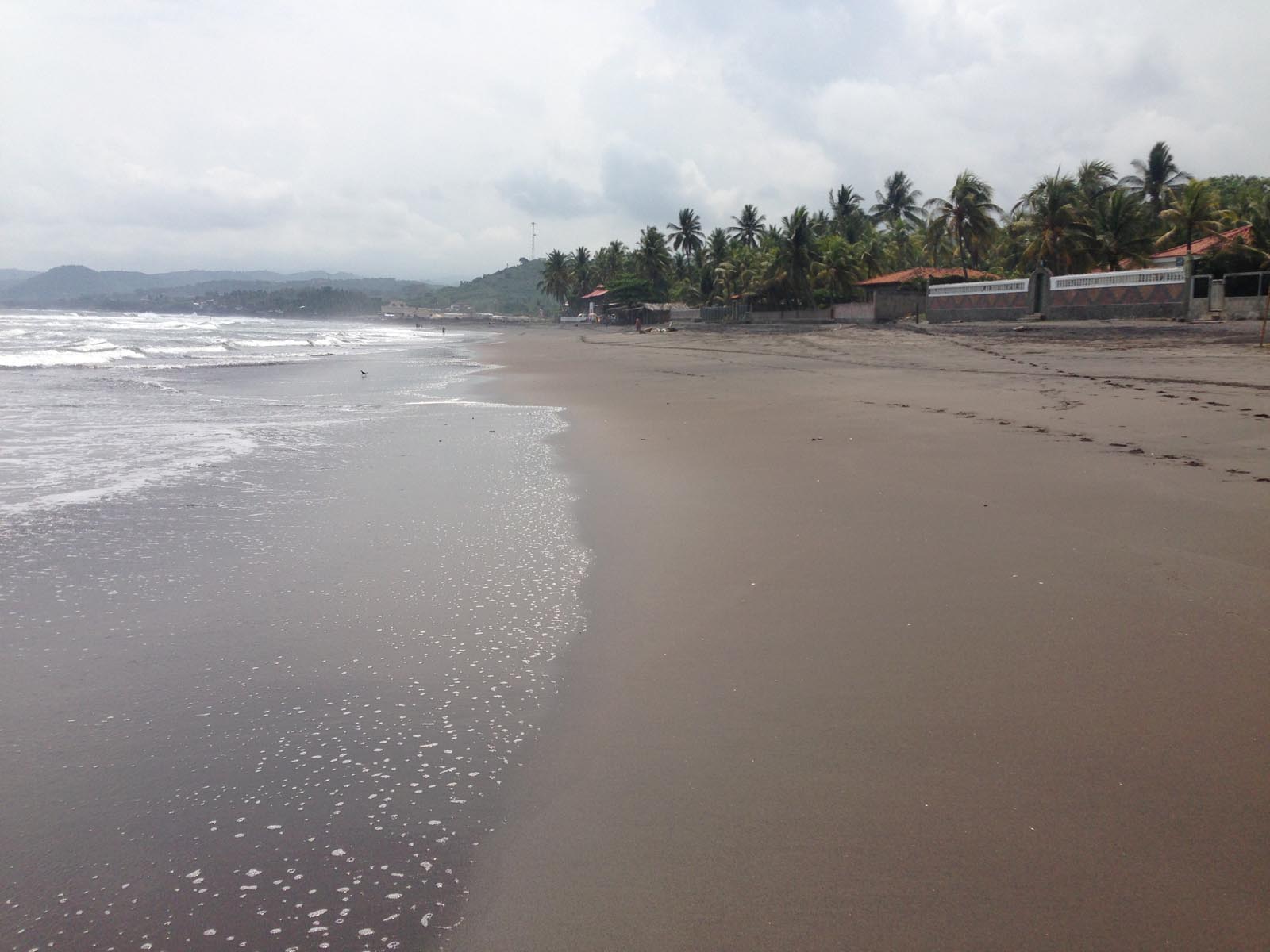

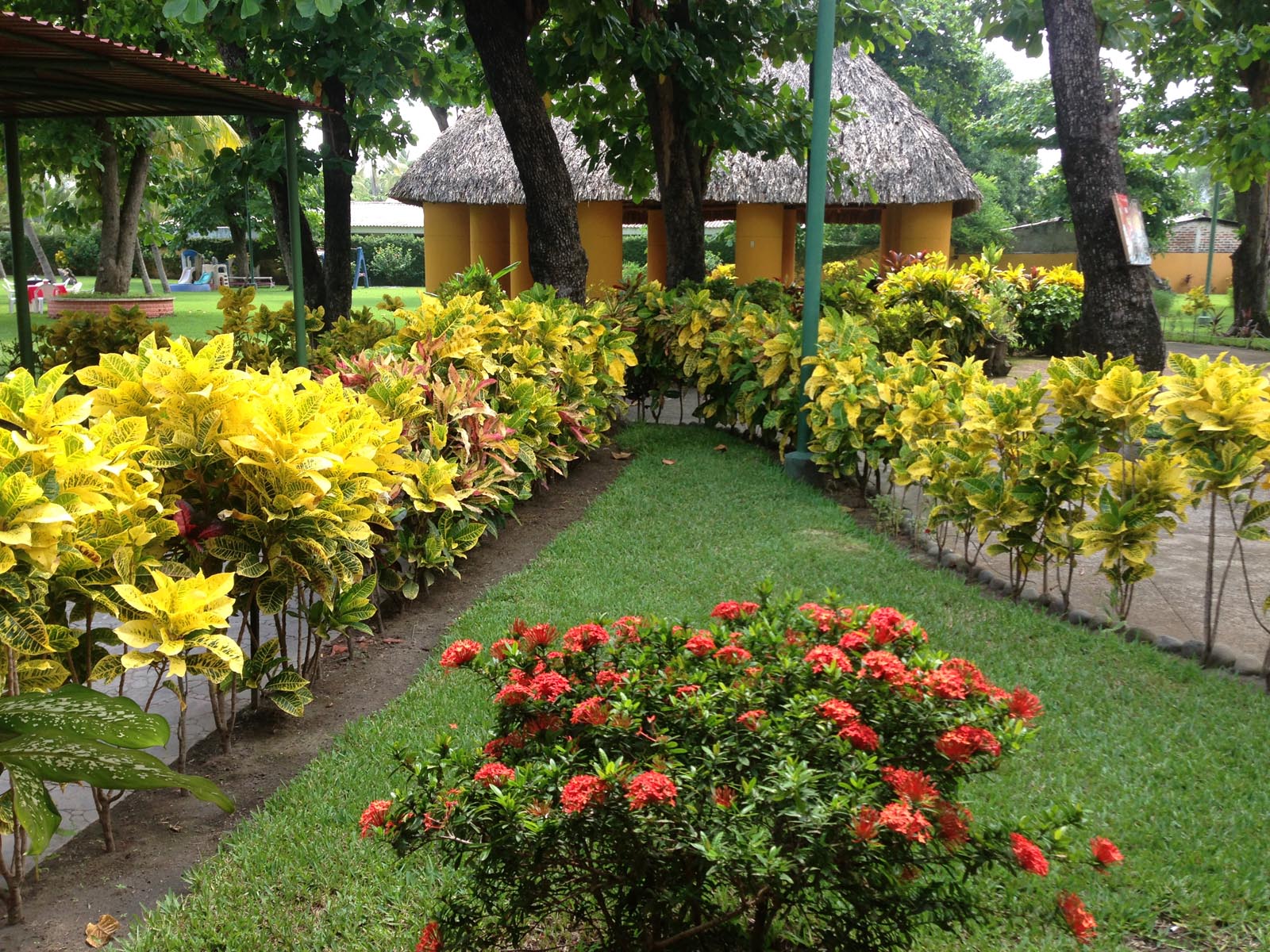
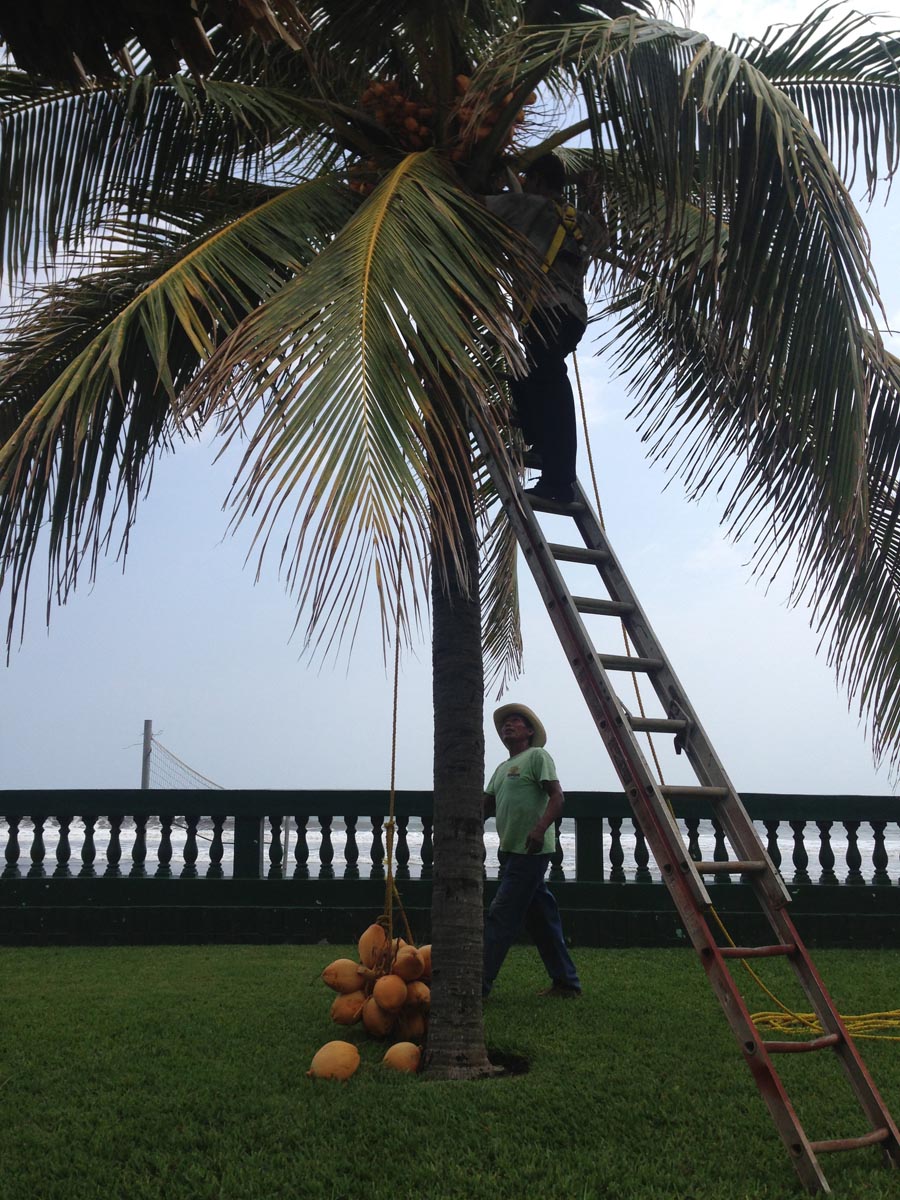
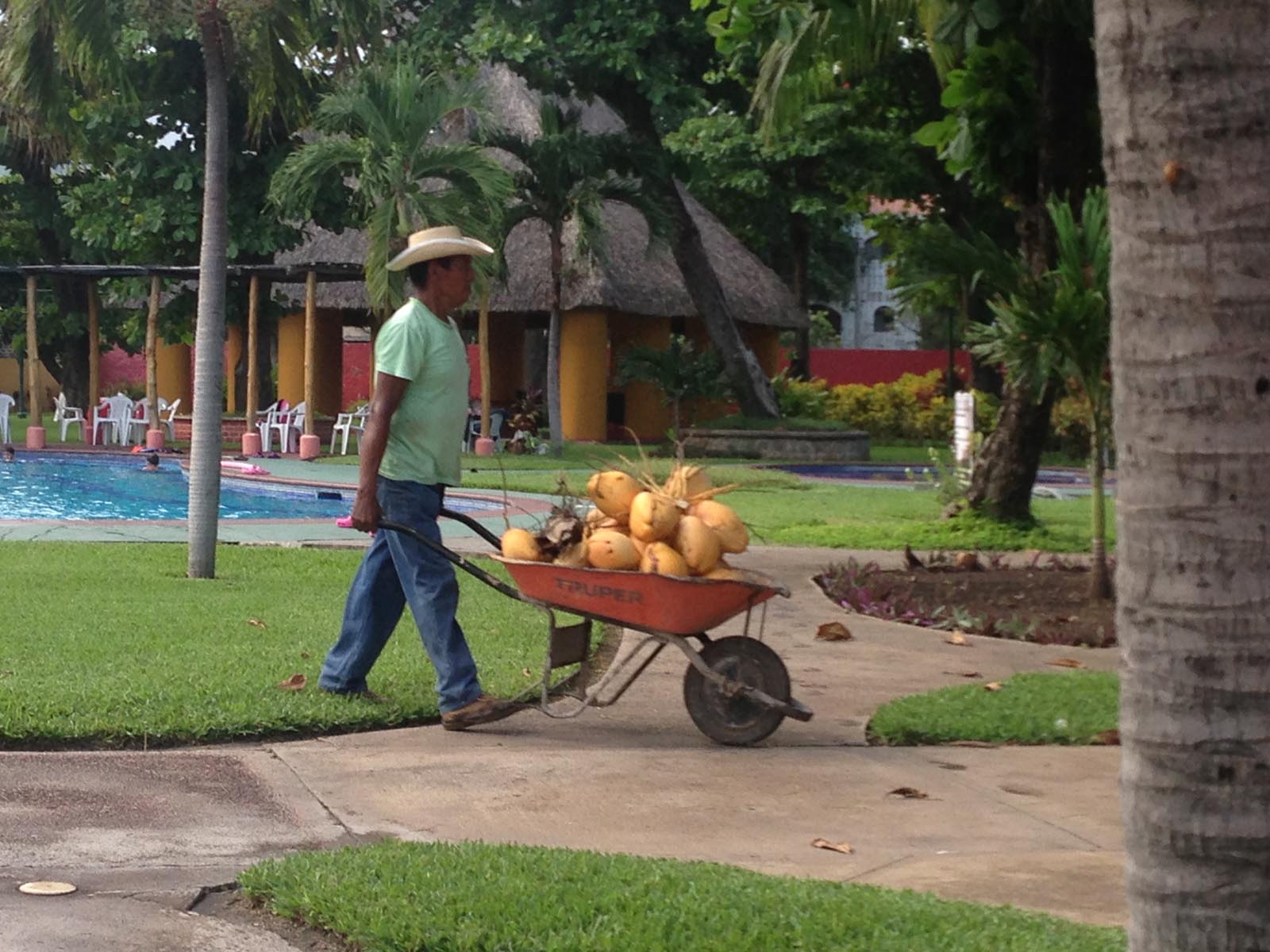
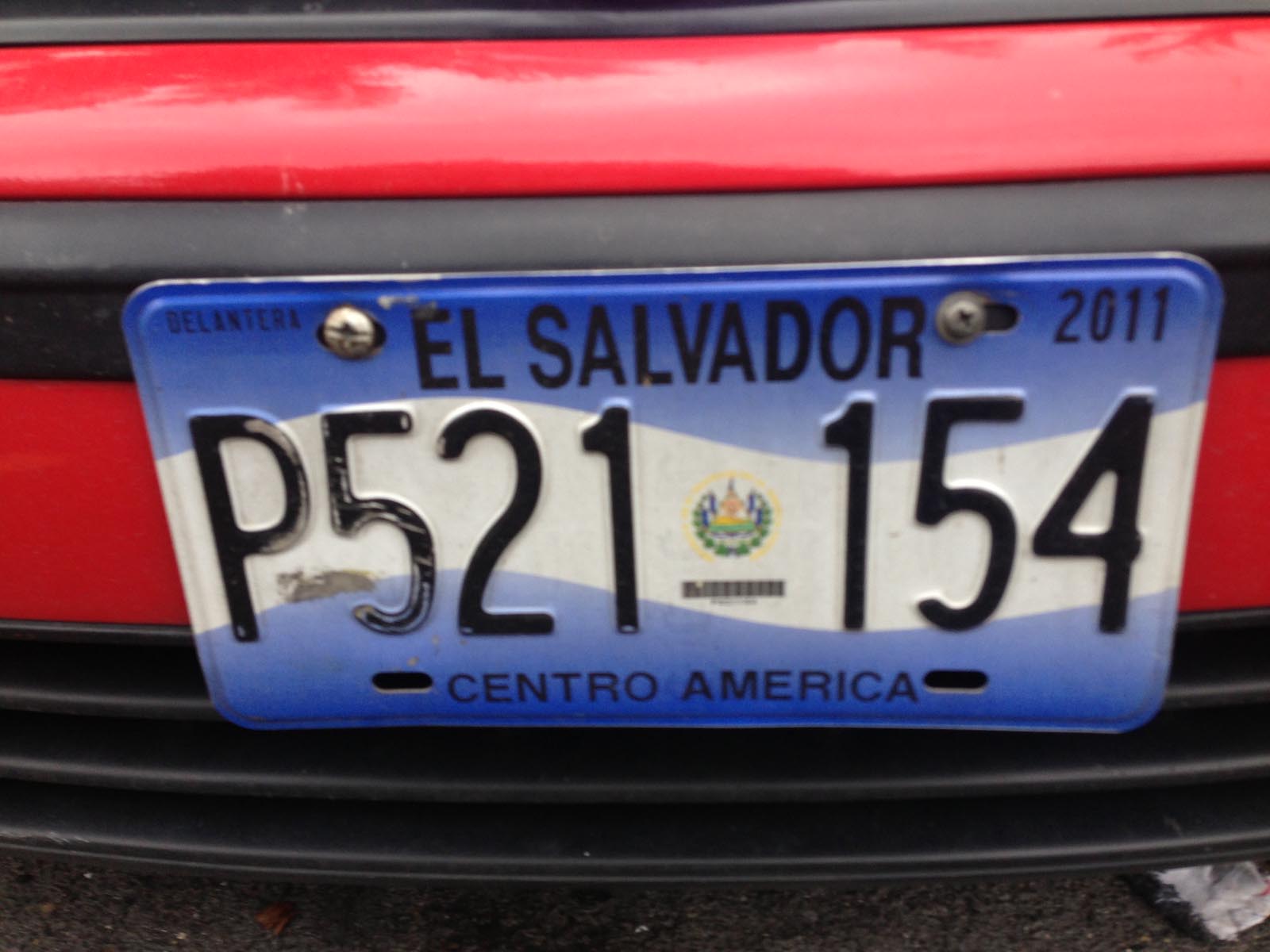
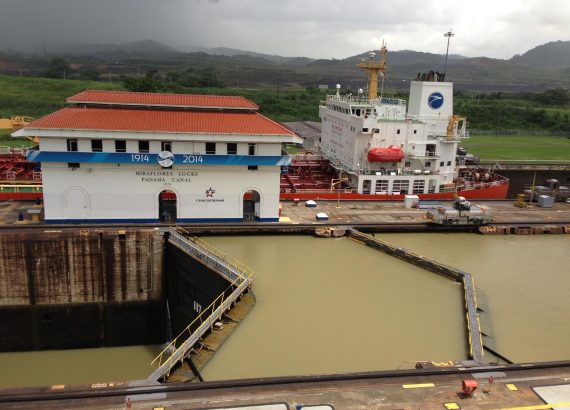
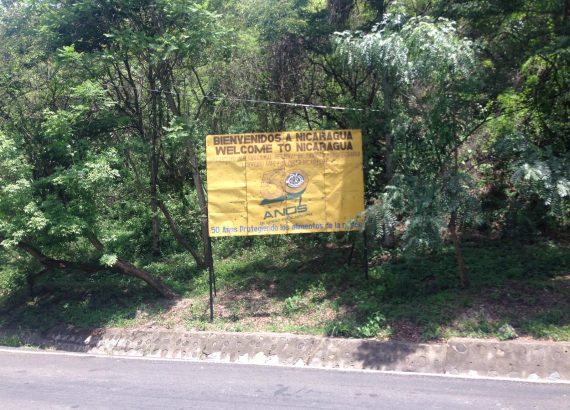
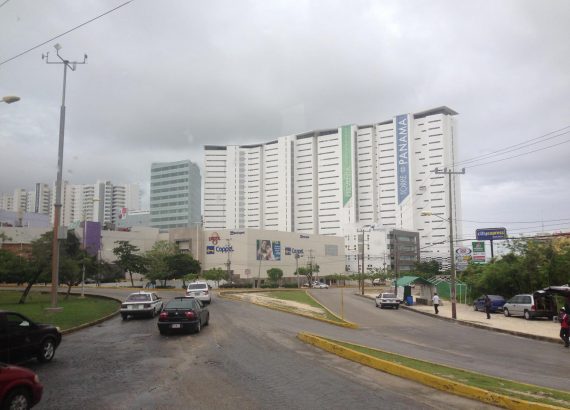
No Comments